|
Our Journey So Far... Monday 27th May 2019 Mattis and I wanted to set sail across the Atlantic weather permitting, around the 21st of May, after spending two weeks in Guadeloupe. We were ready, we had our water, fuel and food. We got to know Guadeloupe a little, especially Deshaies, the village where we were anchored. We had just missed a couple of friends that were sailing the same route across the Atlantic to the Azores, they left the Caribbean on the 7th of May. Checking the weather everyday, they had perfect sailing conditions, consistent westerly winds all the way from Bermuda to the Azores, covering over 2000 miles. This had disappeared by the time Mattis and I wanted to leave, there was a sudden drop in the wind across the Atlantic, with high pressure spreading right across our intended route. We kept checking the weather everyday and there was no let up, for at least a week. Probably more like 10-14 days. Below marked in yellow, shows the forecast across our route before we left, which was mostly 0-5kts. Towards the end of May is generally the cut-off point for heading to the Azores from the Caribbean, any later and you run the risk of running into more hazardous sailing conditions as it leads into hurricane season. The different models and algorithms for weather forecasting are generally reliable up to 3 days in advance, anything beyond that is likely to change. So we thought at some point we were going to have to leave and try and make the most of what wind we did get until a low pressure comes in and we get more westerly winds. Also, we knew that the first week or so could potentially be long and slow as we'd be sailing north towards Bermuda before catching the westerlies, which would then take us all the way to the Azores. Or so we hoped. This was not the case for us at all. Below shows Mattis trying to get a weather report with our Single Side Band (SSB) receiver, so we could receive weatherfax forecasts at sea. If that failed, we had our handheld satellite device, a Garmin InReach, that we could use to receive weather forecasts, but could also send emails and texts. We made the most of the extra week in Deshaies, though we were getting itchy feet as we knew we were getting closer to hurricane season. On one of the days, we walked up the river, which started from the anchorage and we hiked over boulders and huge tree trunks for 2 hours, before arriving at the most spectacular waterfall. It hadn't been advertised anywhere, we'd come across it through word of mouth. There were no easy paths to get to the falls, which was perfect for us. We were on our own in nature. These were the reasons why we wanted to go sailing, to do things out of the ordinary and stumble upon places you would never have dreamed of. The river we had walked along was littered with so many mango trees, you wouldn't believe. There were solid rafts of mangoes in the pools, and armies of ants harvesting them. We collected a whole bunch of mangoes for our month long passage, it wouldn't take long before we had mangoes coming out of our ears! Reading about them, they were in season from May until August and they were literally dropping off the trees. We didn't know that there are over 500 varieties worldwide! Our last week in Deshaies, Guadeloupe... We met a family in the anchorage who were from England, Miles and Jo and their two children, Fin, 9 and Arlo, 6. Their boat was called 'Sea Love', a 40ft ketch. Coincidentally, they were from a town just a few miles from where we used to live on Jingo in the UK. They were sailing their own Atlantic circuit and were headed for the Azores too! They had the same predicament as us, wondering what day was best to leave for the crossing. We chatted about the weather daily and shared ideas about what the forecasts meant. Our aims for this passage across the Atlantic - Sail 100nm a day - We were currently at 16 degrees of latitude. We aimed to sail north for 1 week, to a latitude of 30 degrees in order to catch the westerlies, which would take us east towards the Azores My account of our Atlantic Crossing whilst underway Day 4 - Friday 31st May 2019 Before setting off on any long passage, we feel excited though always a little nervous. We won't know what weather we'll be presented with for the whole month after the first few days of leaving. After we picked up our anchor in the early afternoon and motored out of the anchorage, within the first hour or two, I start being seasick. Profusely. Even after being at anchor for a month, living in a rolly environment, the motion of certain points of sail still make me very seasick. I've come to realise that this will never change. Painful stomach aches, is the only way I can explain it, like food poisoning. I know what that feeling means now. It's not so much nausea anymore. I know not to eat for the next 24 hours, to sleep it off as much as possible, then I'm right as rain again. I always feel so guilty when it starts because I know Mattis will be on his own for at least the next 6 hours. I also find it really stressful because I want to help, the start of any passage should be exciting for us, but I'm incapable in the first instance (especially for these longer passages). But, sadly we have no choice, so we just go with it now and enjoy it more once the first day is over. By midnight, I was feeling much better, back on track and was ready for my 6 hour watch. Mattis could then get his much needed rest. When I came up from below to take over for my night watch, I looked out of the companionway straight up into the midnight sky and the stars were unreal. I had a 'Moana' moment. The sense of wonderment never goes away. Complete and utter awe. We had great sailing for the first three days. With Force 5 conditions and sunshine, we were well on our way out of the Caribbean. Sleeping underway is a completely different experience to when we're sleeping in our bed back at home. Dreams are so much more vivid and unusual! I guess with all the background noise, motions, and varying lengths of sleep, or lack of, it must have an affect on how our brains rest and recharge. We hadn't seen any dolphins over the last few days, but we could definitely hear their high-pitched conversations through the hull when we were down below. Last night, Friday 30th May, was the first night we had any lightning. It started around 2000 and continued until midnight. We put all of our handheld devices into the oven to shield them from lightning strikes. We also turned off our electricity by turning off the isolator switch and we unplugged our VHF antenna. We waited out the lightning and squalls ahead, by reefing our sails. We were then able to continue sailing properly from around 0100. We had our first contact via the VHF today! A 10m Dutch wooden boat called 'Karina' wanted to know if we had a weather forecast for the day ahead. We couldn't see each others' boats, but they said they could see us on their AIS receiver (they did not have an AIS transmitter so we could not see them on our screen). We were 10nm west of them. It turned out that we'd left just an hour before them from the same anchorage in Deshaies. They were also heading to the Azores. We caught a fish today! A mahi mahi, and we made our first ever ceviche with it. After bleeding and filleting the mahi mahi and cutting it into small cubes, we put it into a jar and mixed in thinly sliced red onion, lime juice and salt. We waited for an hour and d-e-v-o-u-r-e-d it. Our staples at the time would have been oats, mangoes, sauerkraut, greens and gherkins, so fresh fish was a delight. After this squall had passed, I swear I could see what looked like a small tornado rising out of the water and straight up into the cloud above. It is a little difficult to see it in the photo below, but you can just about make it out. Within two minutes it was gone. Day 6 - Sunday 2nd June 2019 The last two nights have been horrendous. We have lost count of the squalls passing over due to a tropical wave. Two nights ago we had lightning, which started at 2000. We slowed the boat right down by reefing the main and furling the genoa. We wanted to wait out the lightning, which was all around us. It lasted until 0400. We were scared. We daren't stay in the cockpit and continue sailing, incase we were struck so wait it out it was. It wasn't uncommon to experience this, as we were sailing in the tropics. The lightning continued into the early morning. There was lightning that seemed to come out of nowhere, with no clouds to be seen. Last night, we had the same again. The lightning started at 2000, which seemed to be the trend, not long after sunset. We hove to, stopping the boat until midnight. There was no rain, just flashes of lightning every 30-60 seconds. We couldn’t hear any thunder, there was just lightning. We had two options; stay put until the lightning ended, which very likely would have been next morning, or unfurl the genoa and get going in very light winds (less than 10kts). Thinking about our options, this was our chance to get moving and maybe get away from the lightning, rather than sitting in it again for a night, with no sleep. We chose the latter. Mattis was just brilliant. We'd not experienced anything like this before. Mattis put his boots on to protect himself from having any contact with water once he was on deck and connected our spare set of jump leads to the mast and hung them over the side, into the water. This would hopefully lead some of the charge directly into the water if we were struck as opposed to coming down the mast heel to the copper strip we had bonded to the bottom of the hull. Mattis then gybed the mainsail. We aligned the Hydrovane to the direction we wanted to go and we were underway. The lightning continued for every minute until around 0400. Again. We were glad to be moving through it this time. It's so hard to decide what to do and when to do it. Or do you do nothing at all and wait? We had a good day of sailing after that, bright sunshine, with non-threatening clouds or rumblings from the sky. We asked our meteorologist via our satellite device about the conditions for this evening and whether there'd be any risk of thunderstorms. She informed us to sail directly north for now as there were thunderstorms building for this evening. The heat during the day since we started this passage has been intense. We could have easily have gotten sunstroke if we didn't drink water regularly and keep our heads covered. It was so important to look after ourselves and each other. It was easy to forget and not put any sunscreen on when there was a fresh breeze on your skin. We were nearing the edge of the Tropics, 23.4 degrees of latitude. Once past that, we'd be into the Temperate latitudes and the searing heat during the day from 1000 until 1700 would subside. There would also be fewer thunderstorms. We had word from 'Sea Love'! The family we'd met in Deshaies. After nearly a week of no contact or seeing them at sea, it was great to hear from them, to see how far they were from us and what conditions they'd experienced. It was Jo's birthday today, so we wished her Happy Birthday over the VHF. The night was slow, as we were more or less anticipating more lightning through the night. There were a few flashes, so we had the mainsail triple reefed and used the genoa for most of our sailing that night. Day 7 - Monday 3rd June 2019 We spoke to 'Sea Love' in the morning and exchanged our weather information for the coming day. Miles, Jo and family sang Happy Birthday to me!! It was actually my birthday tomorrow, but with 'Sea Love' now slightly ahead of us, it was likely that we'd lose VHF contact soon. It made my day, I'd never had a birthday at sea before and I felt very special! We said our goodbyes and we hoped to see them again, next time in the Azores. Mattis and I had a great day of sailing with much better weather, though we did have very confused seas. For the last two days we'd covered less than 100nm a day. We were pushing the boat as hard as we could during in the day, but then we were slowing right down at night, when we had lightning and weren't sure whether to continue sailing or not. Day 9 - Wednesday 5th June 2019 The night watches for both of us were getting more manageable as our bodies were getting used to being up at odd hours. Mattis does the first night watch, 1800 until midnight, then I take over from midnight until 0600, though it varies slightly. It stays light until 2000 when the sun goes down and then it starts getting light again from around 0400. Which means that we both only have 4 hours of complete darkness. Tonight, I was on watch from 0100 until 0700 and we had a perfect night of sailing. Today, we started slowly heading north-east, still hoping to catch some westerlies within the next day or so. Nine days in, Mattis and I had now settled into a routine. We try and spend time together when we can, despite needing sleep. It's hard to believe, 'try and spend time together', when we are within 15 feet of each other for a month. Even though it is just the two of us sailing a 32’ boat, it can get quite lonely when one of you is always asleep. The days were definitely merging together now and we'd started to forget what day we were on. We check at noon daily how far we'd sailed the previous day, and so far we'd covered 870nm. Roughly 110nm a day on average, which was good for us. If we could keep it up and as long as there was enough wind in our favour, we should be in the Azores in the next 15 days! We cut open our first watermelon today. We had two onboard and we were rationing them so that they'd last us for the whole passage. An open watermelon would keep for about 3 days, fresh fruit tastes even more amazing when you're at sea and living on canned/dried goods. After 9 days, the mangoes we'd collected from the mango river had started to bruise as they were swinging back and forth all day in the hanging baskets. Today seemed to be a slower day, sailing mostly around 4kts, instead of our usual 5-6kts. There was a low pressure system coming our way in the next few days, so we hoped to make some good progress with the wind it brings! We were currently in the middle of the Sargasso Sea and with carpets of sargassum around us, it's been challenging to fish for the last few days. We look forward to our next catch! And wondered what it will be... Day 10 - Thursday 6th June 2019 This morning, looking out at the sunrise and at my watch, I realised that we were nearly at the edge of this time zone! It was lighter a good bit earlier now and we double checked the chart for our position. There is a new time zone every 15 degrees of longitude. Mattis had pushed Jingo hard through the night and continued his night watch for an extra 3 hours as we were sailing to windward and wanted to cover as much ground as possible. Today's sailing during the day was a little slow, the wind kept on dropping, so whenever we did get wind, we'd try and make the most of it. It was 0730 and over the last few mornings we'd been noticing how the temperature during the day has been dropping. It was getting warmer later in the mornings now. We were no longer baking in the sun or sweating in the sauna down below when we were resting. The evenings were much cooler too, we were both now in layers of clothes, oilskins and boots. We were at 30 degrees of latitude now! We had sailed over 900nm north (-east) from Guadeloupe and were nearly ready to start sailing east to the Azores by the weekend. These are our next milestones 1) To have sailed to the 1000nm mark 2) To get to the 1500nm mark 3) Home stretch! Day 14 - Monday 10th June 2019 The last few days of sailing have been great, nothing to report apart from clear skies, sunshine, favourable current, waves and wind. We had a cold front approaching us from astern (west), since this morning. We were trying to keep ahead of it so we didn't get caught up in the 30-40kt gusts and rain. Last night, we had a successful night of sailing 7kts most of the time. At midday, we checked the miles we covered over the previous day and we'd sailed 140nm! That's great for us, especially as the last few days we'd been sailing around 105-115nm each day. We had our fingers crossed that we would stay in front of this cold front. It was moving east, in our direction, but it was moving slowly and could take a day to reach us. We would probably get caught up in it, in the next day or so. We'd started seeing many, many Portuguese men o’ war out here! We didn't manage to eat all of our 70+ mangoes we'd collected as some of them started to go off. For the ones we didn’t manage to eat in time, we made a wish before throwing them overboard. I'm pretty sure we always wished the same things; a good night’s watch with no squalls, safe seas and a good passage to the Azores. Night Watch What a night. The squalls started at 2100 and the cold front finally reached us by midnight. The wall of the front was howling 35-40kts and lightning was starting to appear. Mattis took down the vane of our Hydrovane, unplugged and removed our solar panel for safety and both were stowed away down below. We couldn't gain enough speed to outrun it and it was now upon us. We hove to and were moving between 1-2 kts. We thought we'd wait for a couple of hours, until the cold front had passed us. It got to 0400, then 0600, then 0800. We were rolling and rolling and by 0830, it was calm enough for us to start sailing again. This time instead of using our Hydrovane to steer us, we hand steered for the next 12 hours. The wind was predicted to veer from the south west to north east as the front cleared. Taking it in turns to steer, Mattis was on watch first and I was down below. It was raining on and off and the wind had veered and strengthened after clearance. The seas were becoming more confused as a result and we started getting waves entering the cockpit. Large waves, so much so, that as I was getting up to swap watches and was walking through the saloon, towards the companionway, a slab of a wave came crashing through the cockpit and straight onto the washboards! Thank goodness the washboards were in. I was in shock, that wave would have definitely flooded the boat otherwise. Even so, that single wave pretty much came straight through the edges of the washboards and through the top of the sliding hatch. It had managed to drench the companionway, quarterberth and chart table. I dug out the stormboard straight away and we slotted it in front of the washboards, to provide us with more protection. Without the stormboard that Mattis made in the anchorage in Desahies, if we had more waves there was no doubt that the washboards would have got stove in. Luckily it didn't happen again. Day 15 - Tuesday 11th June 2019 We had 740nm to go until we reach the Azores! We saw pilot whales! Day 16 - Wednesday 12th June 2019 We had a great night’s sail and I got to see my first moonset! It sets almost like the sun, golden orange as it dropped into the sea. With all the sailing we have done so far, I never thought I'd say how glad I was to have a whole bag of fresh socks! As the evenings got cooler, we started wearing thermals under our oilskins when we were on watch, it was really nice to go to bed with dry feet. I get cold very easily, and when my feet are wet from the seasalt after being on deck, my feet don't dry properly. I've often gone straight to bed once I'm off watch and when I've woken up, I still had cold, wet feet! So, now I always wipe them down with baby wipes, put a fresh pair of socks on and I'm sound asleep in no time! The hardest thing we've found living onboard whilst sailing is cooking. With the boat rolling from side to side we have to ensure that we're even more careful. Always. A severe burn at sea, with no A&E services for thousands of miles around us is no fun. Sailing eastwards across the Atlantic Ocean has been entirely different experience to our passage westwards. For our passage from Cape Verde across to the Caribbean, we set our sails and that was more or less it for 15 days, as the Trade Winds carried us to South America. Sailing in the Caribbean tends to be easier too, as you can reach across the Trade Winds. On this passage towards the Azores, it is common to get caught by low pressure systems with fronts, which bring gusts as well as rain. Lows and cold fronts are somewhat unavoidable. The seas are so variable out here. Especially when the wind changes direction, in which case the seas follow the same direction. This can sometimes be uncomfortable when the seas become confused as a result and there are waves coming from multiple directions. During our day of sailing today, we saw the most stunning clouds. I wouldn’t normally think anything of it when we are at home and not sailing, but out here, that’s all there is to look at most of the time. The vastness of the ocean and sky makes you realise just how small we are. Today, we had a weather report to say that a gale, Force 8, was coming our way by Saturday and that it would last 24 hours. We had just recently experienced rough seas when we had the cold front, but this weather forecast predicted much worse. We motored through the night, this time heading south, instead of east, so that we could get out of the worst of the coming gale. Day 17 - Thursday 13th June 2019 There was no wind all day today. We'd been motoring since 0000 and had not been going anywhere fast. But with the gale coming our way on Saturday, we were now motoring SSE to get away from it as much as possible. Day 18 - Friday 14th June 2019 We had pretty much no wind again today. We had been motoring for over 36 hours now. Mattis and I decided to keep motoring until the wind picked up, which was predicted some time this evening (due to the depression). It was so strange, there were plenty of clouds, but absolutely no movement. The atmospheric pressure was high though, 1030 MB, hence no wind. We were experiencing highly unusual weather across the North Atlantic Ocean, something that we weren't expecting having read historical weather patterns for June in the Pilot Atlas. It was unusual to have depressions tracking this far east and south this time of year. These weather conditions were also affecting the weather at home. England was experiencing severe flooding and the Army was out to help in certain areas. Also, some parts of the UK had 3 months worth of rain in just a couple of days. Mattis and I were now coming up with a plan for when the 40kt gusts hit us on Saturday evening. We also made a plan for what to do when the wind veers after the front passes. For us, and especially being in a smaller boat, the change in wind direction can be more dangerous because it's not only the wind that changes direction. The sea will follow suit and this of course takes time, the sea state will become confused for a while and with increased wave height, it will not be comfortable. Today was a really hot day! We were wearing just our T-shirts and lifejackets. Over the last 24 hours, we had only managed to sail around 60nm as there was no wind for the majority of the day. We then started motoring. Day 19 - Saturday 15th June 2019 Wahooo!! We were finally able to switch off the engine as we'd gotten some wind at 0700. We'd been motoring for the last 55 hours straight, and much of that was hand steered. It was wonderful to see waves again. To feel and hear the wind after two days of glassy waters, sitting in the (heatstrokey) sun and not moving very far. We saw dolphins and pilot whales this morning! The mother pilot whale was swimming with her baby and they were surfing the waves next to us. So endearing to see! We prepared the boat, ready for the impending gale tonight - Prepped our series drogue - Made sure everything was secured down below - Had the stormboard ready - Put all of our handheld electronics in the oven for protection - Warps were ready to be towed astern in the height of the gale conditions Day 20 - Sunday 16th June 2019 We got through last night safe and sound! We had sailed far enough south over the last few days that we kept out of the worst of the gale. Last night, the wind was picking up and we were starting to get the first squalls. By 2200, the front had passed over us and it wasn't anywhere near as bad as we'd feared. We then set our course for the Azores once again. NE finally. We sailed hard through the night, reaching up to 7kts at times and this continued through the next day. The wave height had gone from 0-1 metres yesterday to 3+ metres today! We had very rough seas today, very uncomfortable on the beam. We got news that another sailing boat north of us wasn't able to sail far south enough and unfortunately got the full force of the gale. After lunch today, we saw the most unusual creature hopping along the sea surface! Not sure if it was even a fish?! It was very flat, the size of a dinner plate and yellow and green. To me, it almost looked like a massive flat frog. We tried fishing today with our yoyo plastic ring, bungee cord and fishing line. We weren't sure what it was, but a fish had ripped our lure clean off the wire leader... We worked out our miles for the last 24 hours and we were now 595 miles away from Horta! Tonight, the moon was so bright, even at midnight. You could almost see every detail of the boat. Day 21 - Monday 17th June 2019 We were in the next timezone! We were now UTC +2. We had no wind again whatsoever. And lots of rain. Another wet day onboard. Mattis and I were looking forward to getting to the Azores now... We were both back to sleeping in the saloon now that the rough weather was over, instead of the quarterberth. Sleeping in the saloon was more comfortable and we can rest more easily, more quickly. We had no wind from 0900-1500, so we pondered whether to wait for wind or start motoring? We only had so much fuel onboard and wanted to make sure we had some in reserve. As we had motored for 55 hours previously, we now only had 80 litres of fuel left, which was approximately 300 miles for us. We still had 500 miles to go until we reached Horta. We mainly carried fuel to get through the calms on the way north to the westerlies. In the end, we made a plan to motor(sail) for the next 2 days, and keep the rest in reserve. So far, we had logged 2200 miles on this trip! Day 22 - Tuesday 18th June 2019 We had a great night of motor sailing whilst hand steering. We had lots more wind than we were expecting, sailing up to 7kts for most of it. During the day we had less than 10kts of wind, all day. But we did have beautiful sunshine and clear skies. We didn't see any other boats today, but we were definitely seeing different types of jumping fish and flashes of green zipping around in the water. Must be mahi mahi! We tried fishing again, but no luck. There was less sargassum out here now, it was pretty much just blue water with many Portuguese men o’ war (and bigger ones at that!). Tomorrow was going to be our day for fish...fingers crossed. At 1400 today, we did our log entry for the last 24 hours and we now had 390nm left to sail to Horta! We were originally going to sail straight to Praia da Vitoria, on the island of Terceira, which was another 65nm further east of Horta, but it looked as though another low pressure system was coming our way, so we decided to wait in Horta. Then we'd do an overnight sail once we'd had a few days rest. Day 23 - Wednesday 19th June 2019 Today we were sailing downwind! Truly gliding along. It was the first time on this passage that we were sailing downwind and it reminded us of our first passage across the Atlantic. Day 24 - Thursday 20th June 2019 We had a weather report yesterday that there would be gusts, squalls and possible lightning through the night. But, fortunately, none of those happened. Mattis kept us going 6kts through the night and then there was no wind again. We were currently only sailing 2-3kts. We'd received our weather forecast for today and another low had been predicted for tonight. This morning we saw spinner dolphins! They made our day as we were starting to get a bit weary with the conditions we'd been having. One minute we had all wind, gusts and lows then we had days of no wind. The low started coming through at 2300 and we had Force 6 or 7 conditions. Windy, but not as bad as what we thought it was going to be. Then we had hard, solid rain for about an hour from 0330 until clearance and we were all set for Friday. Mattis had been up for the last 48 hours, getting the boat ready for the worsening weather. But also, anticipating it, he couldn't sleep when he was off watch. I stayed up from 0600 until 0430 on Friday, doing the night watch with Mattis just in case anything went wrong. We'd be there together, straight away. Day 25 - Friday 21st June 2019 We had a lull in the wind in the morning after the low had passed us, sailing 3kts max. Then after lunchtime the swell from the previous night came in and we were gliding along again at 5-6kts. We were now on course direct to Horta! 130 miles to go from 1300. Today was our best of sailing of the whole passage and we were sailing 8kts through the night! We sailed our hardest the last two nights to get to Horta. We continued to fish, but with so many Portuguese men o’ war out on the water, their tentacles got hooked on our fishing lines, again and again. Mattis got stung by the tentacles when he was hauling in the lines and warps we had towed the night before. It was very tricky getting them off as the tentacles were very slippery and sticky. It was time to call it a day. Day 26 - Saturday 22nd June 2019. Horta, Faial. The Azores We arrived in Horta at 1600!! What an absolutely epic day. I motored us into the harbour and guess who was walking along the harbour wall shouting our names? The family from 'Sea Love'! A great welcome, we started waving at them like mad. They had arrived a couple of days before us. Once we found a safe spot in the anchorage, we dropped our anchor after 25 days of sailing. What a journey. We then rowed across in our dinghy and stood on land. We had very wobbly legs as we went to the office to clear into Immigration and Customs. We looked like we were just washed up from the sea, literally. Between us, we hadn't gotten much sleep over the last few days as we just wanted to get to Horta. Once we had finally stopped and were freshly showered, we felt the effects of the sun that was on us for the last month. A glass of wine and a cold beer it was! Cheers! As hard as this passage was, with all of the right preparations, learning underway and experience, Mattis and I both know that we can do it now and will probably do another Atlantic Circuit again in the future. With so much concentration on what the weather was doing everyday and the ups and downs we had with it, we nearly forgot that we had no issues with Jingo whatsoever. We were very glad for that!! Mattis and I sat at the marina bar, soaking in the atmosphere, almost laughing at ourselves that we'd made it. Miles, Jo and family from 'Sea Love' passed by and there were huge hugs all round! We exchanged stories and experiences of our passages and much to our surprise they didn't experience the lightning we had those 3 days early on, when we first started the crossing. It must have been isolated, as 'Sea Love' were only about 100nm north of us. Apart from that, all of the other conditions we had, they also had. It was interesting listening to their stories, as they had two young children and their friend, Andy who was their third skipper, to share watches. 'Sea Love' recommended a local restaurant, for our first meal back on land. We ended up getting there at 2130, by the time we'd sorted ourselves out and had a minute to breathe, and we stayed there until closing time. It was probably one of the most delicious meals of our lives! How we managed to fit all of that in our stomachs seeing as we basically ate tinned vegetables, lentils and sauerkraut for a month, I'm not sure. Saturday 22nd - Tuesday 25th June. Our time in Horta, Faial. The Azores It felt so weird that the boat had finally stopped. We slept a lot for 3 days after arriving, we were utterly exhausted. Though we did wake up in panics the first few nights being at anchor because we didn't know who was driving the boat! Our sleeping brains were still out at sea. From what we'd seen of the Azores so far, it was simply stunning. There's a sense that there is a lot of pride in the Azores, it is very family orientated, about being together and looking after each other. Food and drink has been divine, we've been spoilt for choice. It is very equal here, everyone can afford everything, food and drink. The days were much longer in the Azores, compared to the Caribbean. Sunrise in the Caribbean was 0600 and sunset was 1800. In the Azores, for this time of year, you could start seeing first light from 0330 and last light would be around 2200. In true sailing tradition, we joined the thousands of sailors who have been here before us and made a painting on the marina wall to mark Jingo's presence in 2019. Tuesday 25th June 2019 - Leaving Horta, Faial. The Azores We left Horta, Faial at 1830 for Praia da Vitoria on the island of Terceira, which was 85nm, an overnight sail. Choppy seas and lots of wind, we had good sailing between the islands. By 1200 the next day, we were passing Angra do Heroismo, Terceira, and we were ready to stop. With the busy time of year, we didn't know if Praia da Vitoria would have enough space for us in their marina, as we had plans to go back to work and would leave our boat in the Azores. Tuesday 25th June - Friday 28th June 2019 - Angra do Heroismo, Terceira. The Azores We anchored in Angra do Heroismo and spent the next few days there before sailing the final 12nm to Praia da Vitoria, which is on the same island. Friday 28th June 2019 - Sailed from Angra do Heroismo to Praia da Vitoria (12nm) We had a really nice last sail, making the most of the wind, tacking into the harbour of Praia da Vitoria, with a few gusts over the hillsides along the way. Praia da Vitoria, Terceira. The Azores The Festival of St John had started when we were in the Azores and it lasts for 10 days. There were so many shows and parades that everyone from the islands could take part in if they wanted to. Sunday 30th June 2019 - Bull Rull, Angra do Heroismo, Terceira. The Azores. We watched one of the bull runs on the last day. And this was down by the harbour in Angra do Heroismo. As we were winding down our sailing for this year, we made final preparations to leave Jingo in the Azores. Thursday 4th July - Independence Day! The Azores, but in particular the island of Terceira has a massive affiliation with the United States. There is an Air Force base next to the airport, which is only a couple of miles from the marina. In the lead up to the 4th of July, we noticed many American holiday makers and exchange students for this weekend. There were huge celebrations for Independence Day, with food, music and fireworks. Time to say goodbye to Jingo for now...
'The Wind is Free' is available to stream on Spotify, Apple Music, Deezer and Tidal.
You can read Conor's interview about this release at FinbarHobanPresents.com: https://finbarhobanpresents.com/castlebars-conor-ward-is-gearing-up-to-release-one-of-the-catchiest-singles-of-his-writing-career-so-far/ You can also watch his interview with Meghann Scully on the Limerick Post: https://www.limerickpost.ie/2019/07/27/limerick-post-show-july-26-2019/
0 Comments
|
Archives
November 2021
|
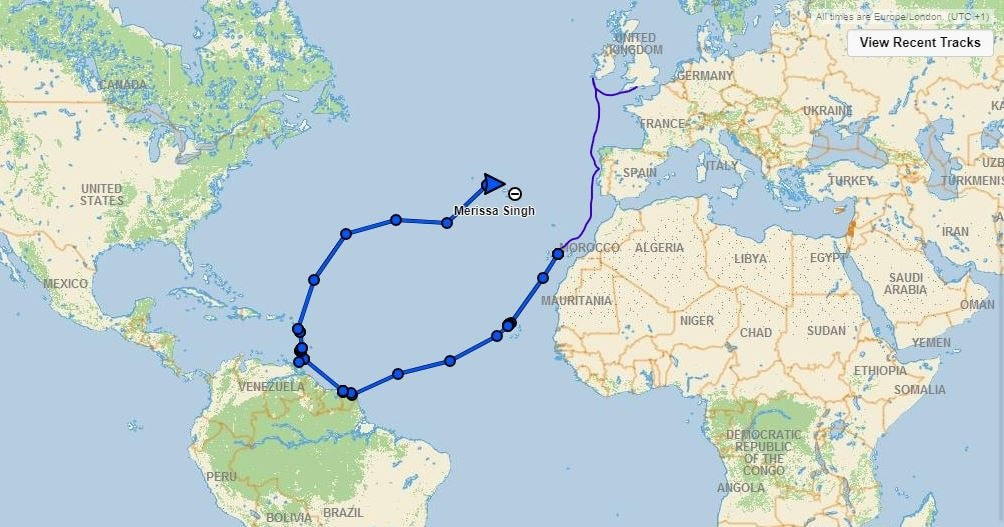
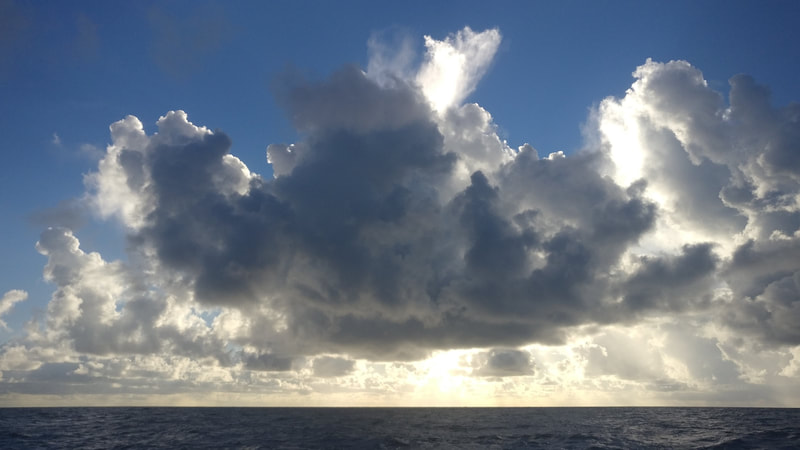



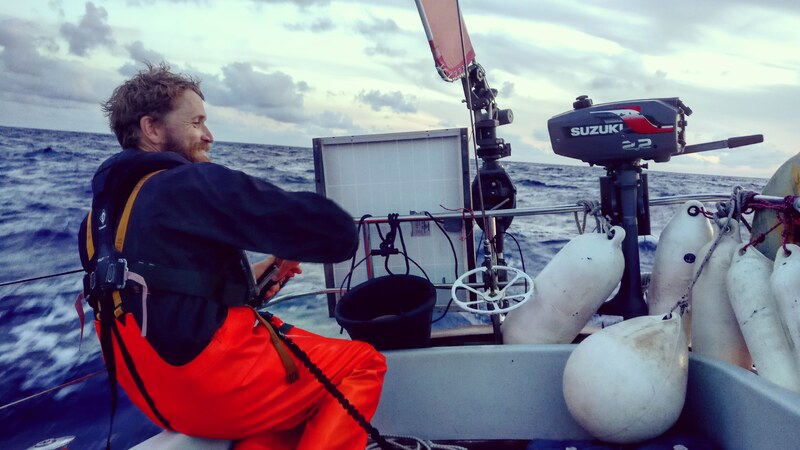
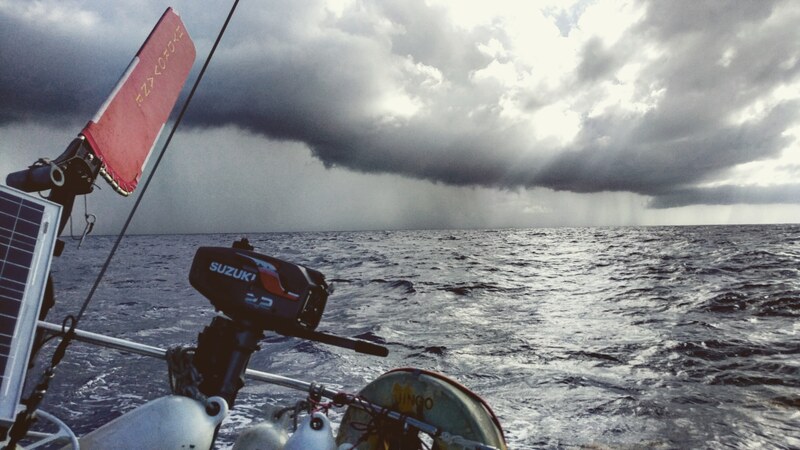
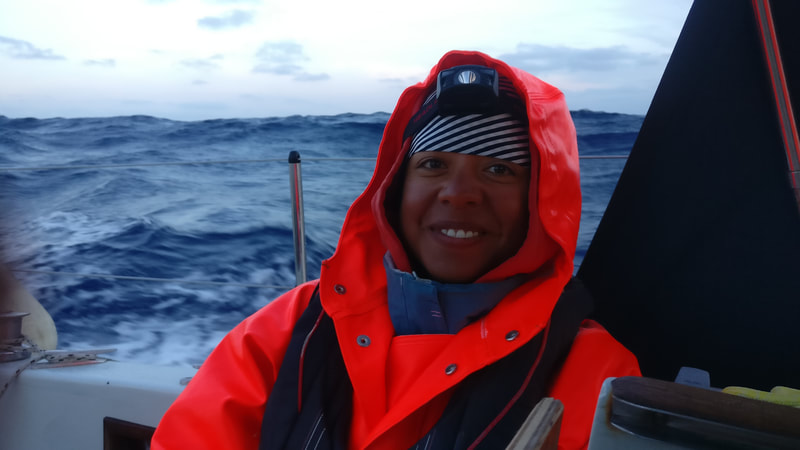
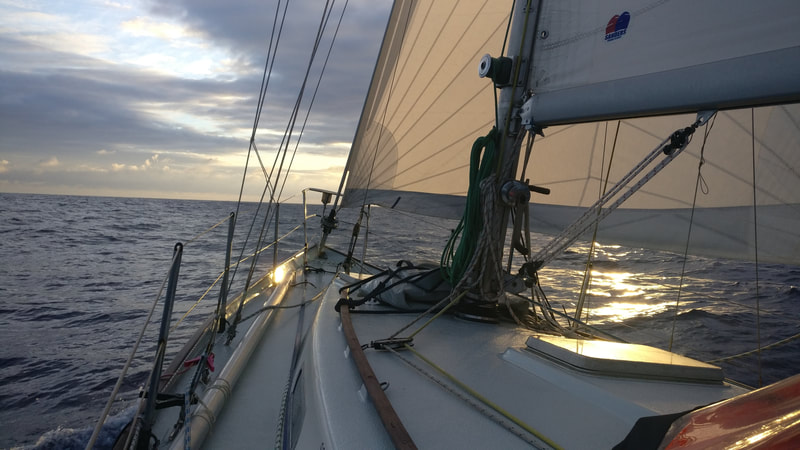
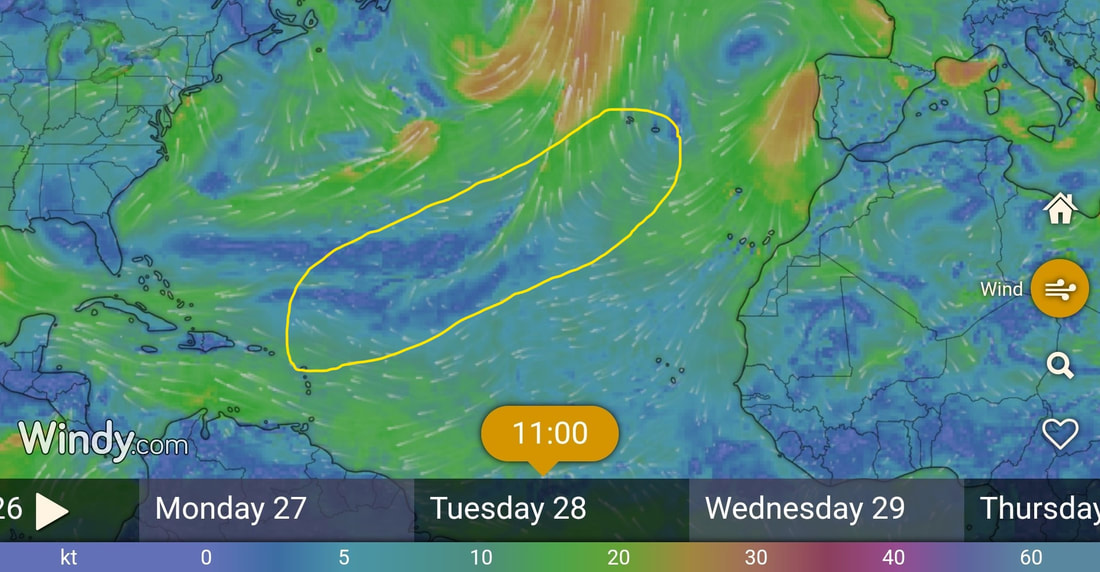

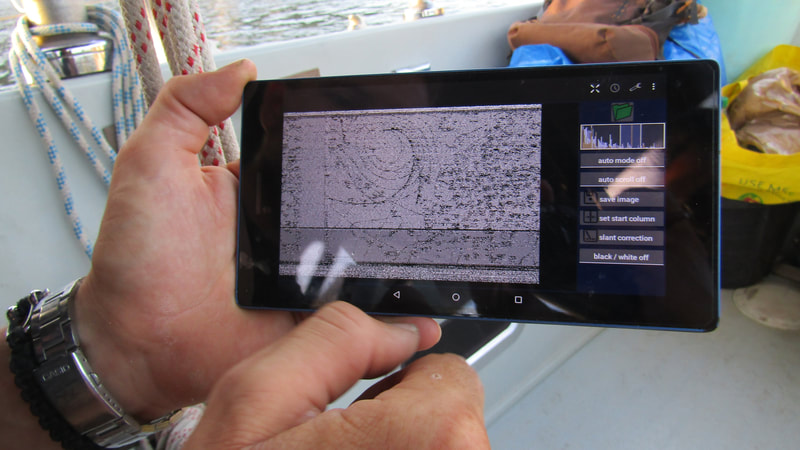
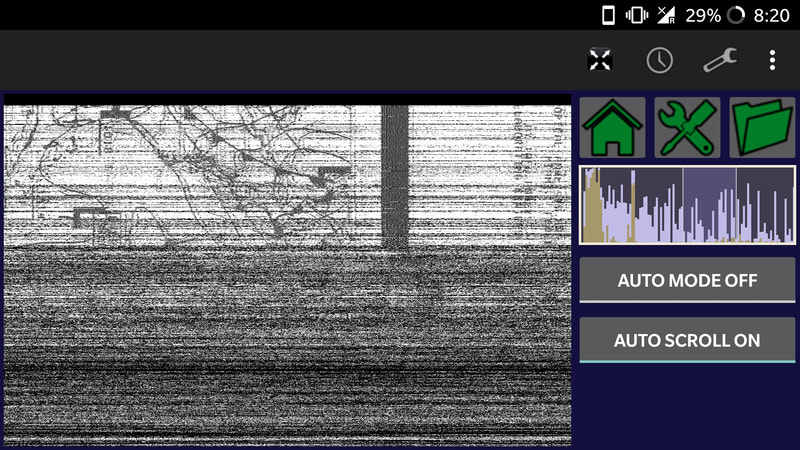
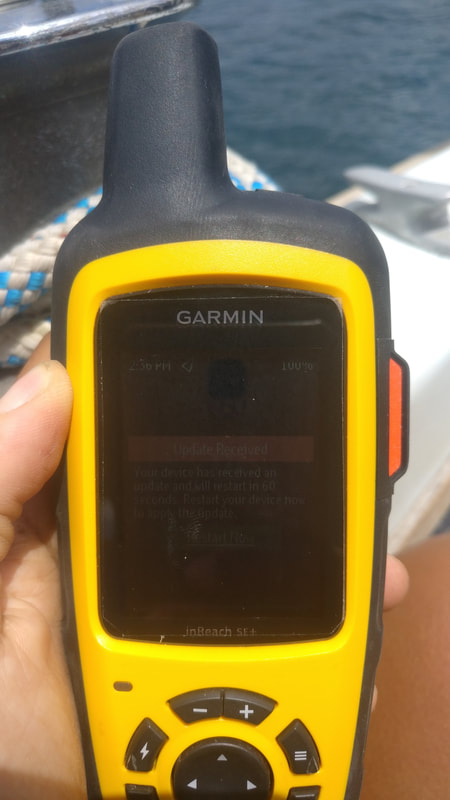




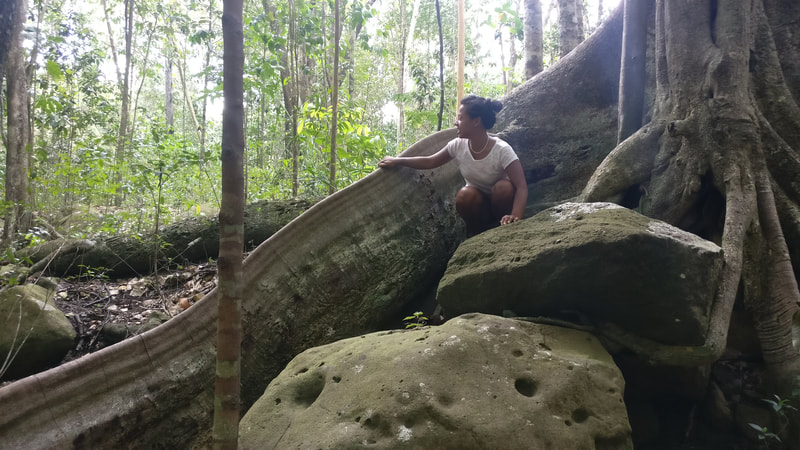
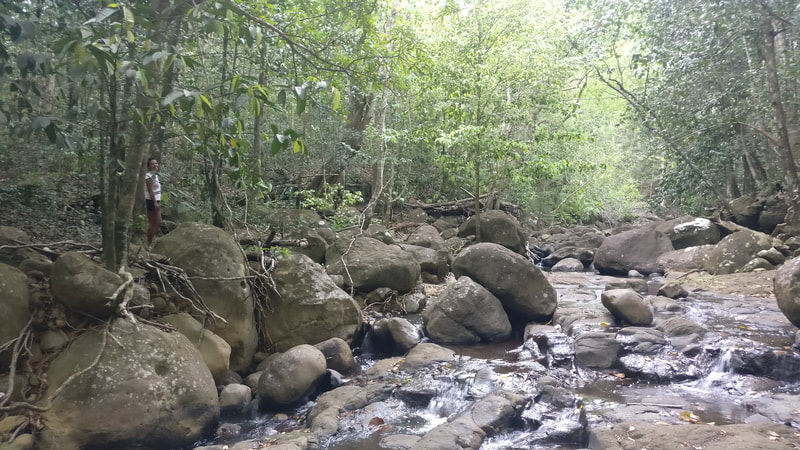
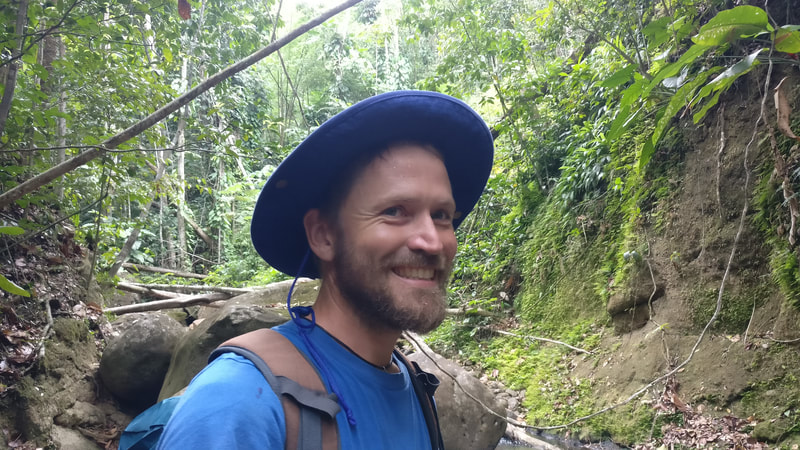


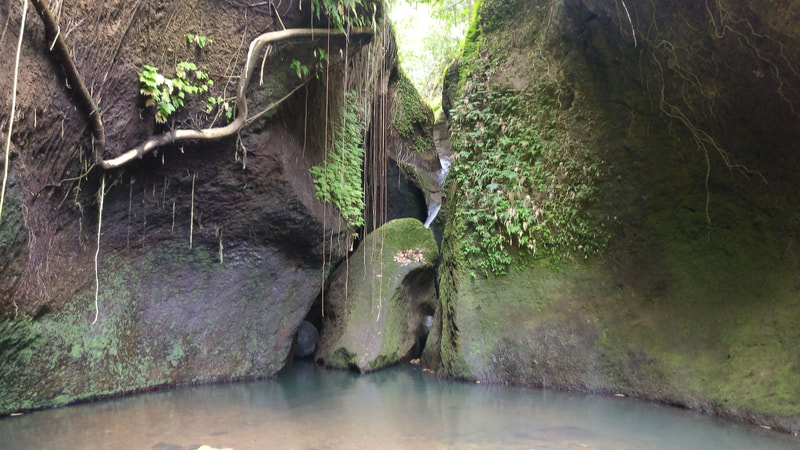




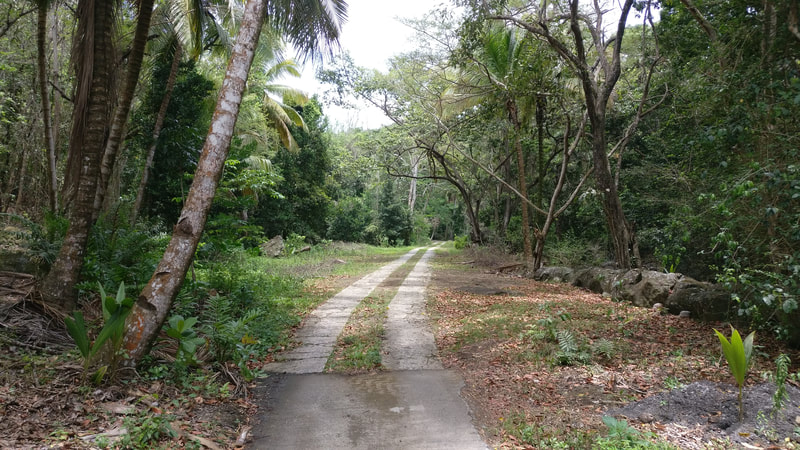
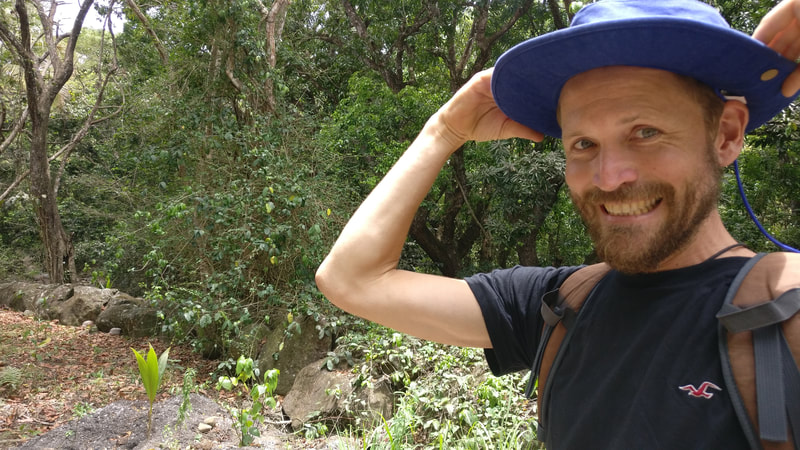
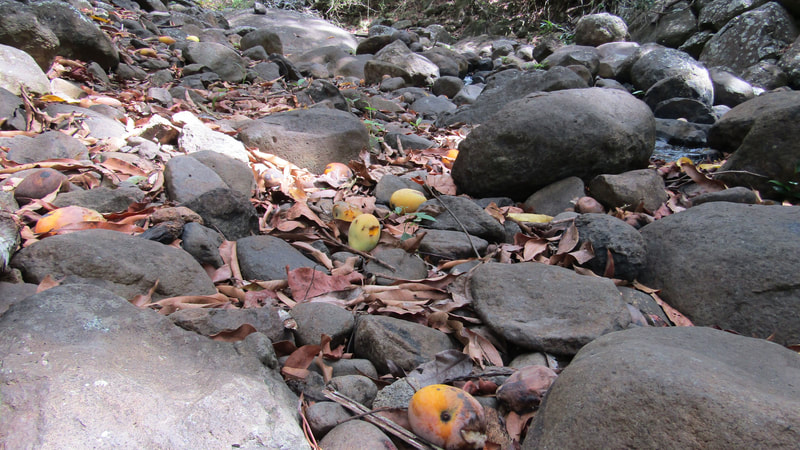

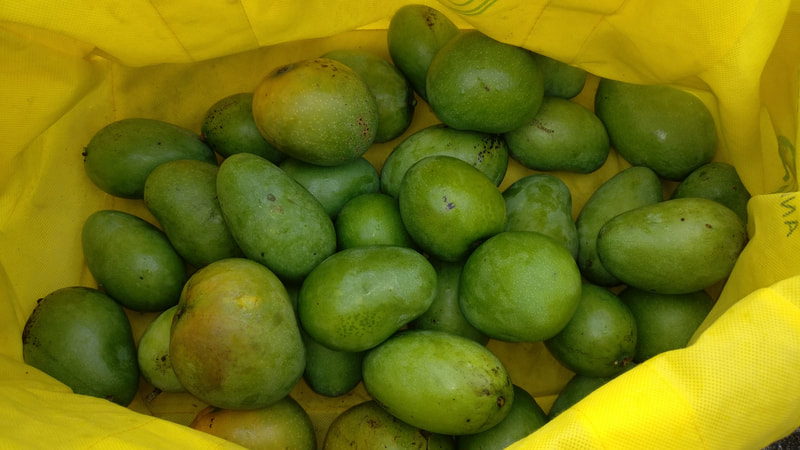



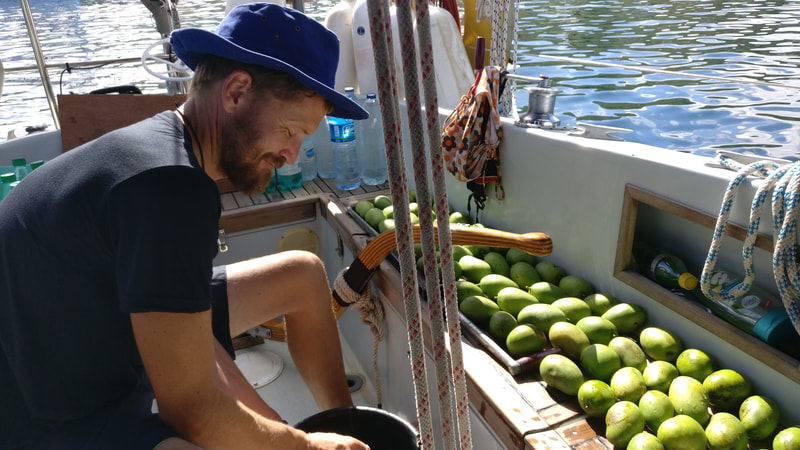
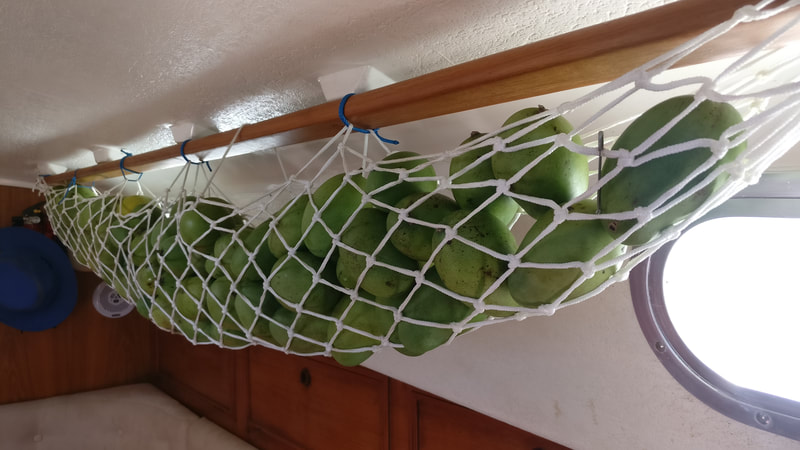
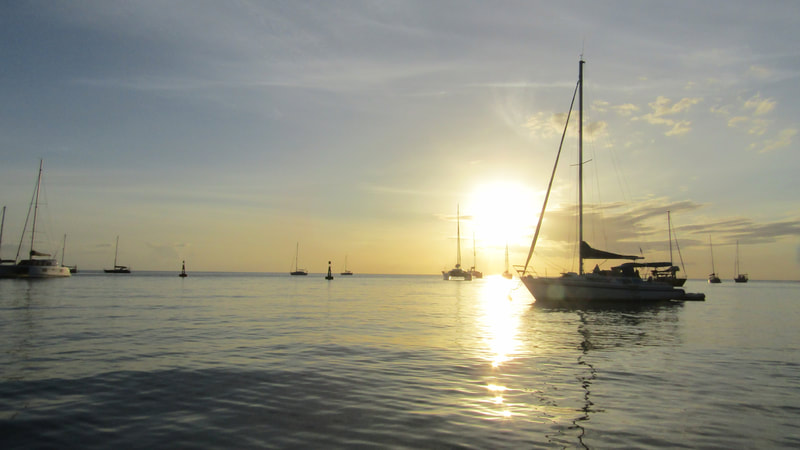



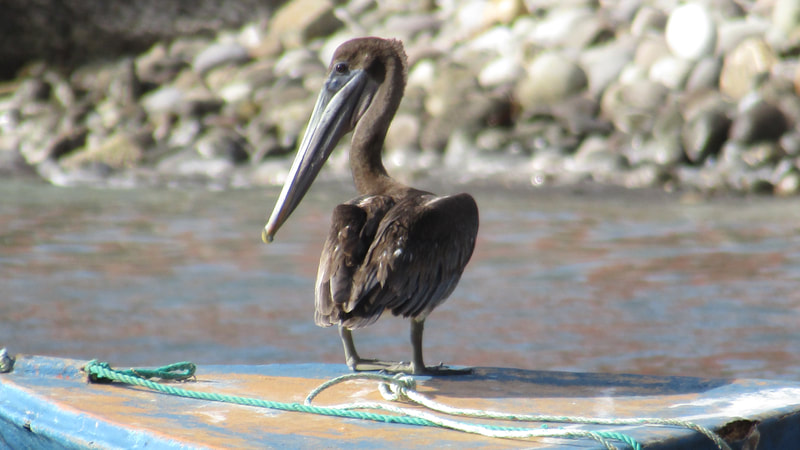

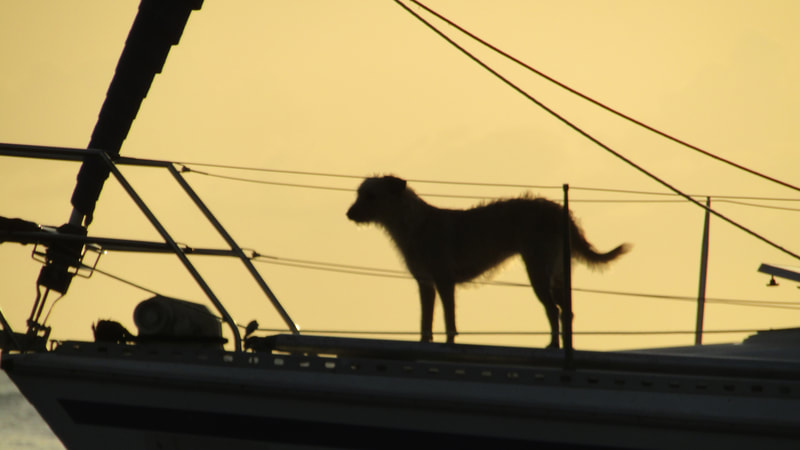


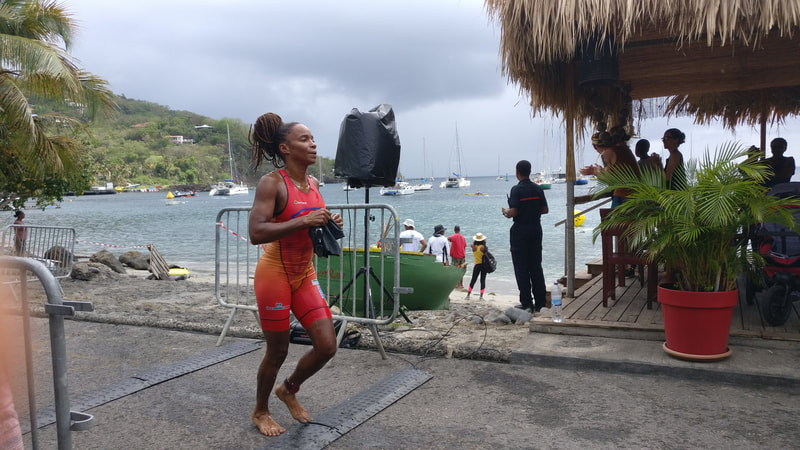



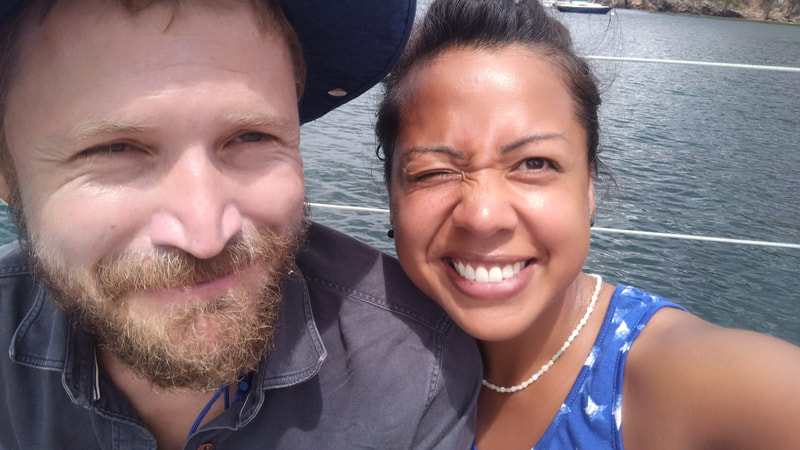
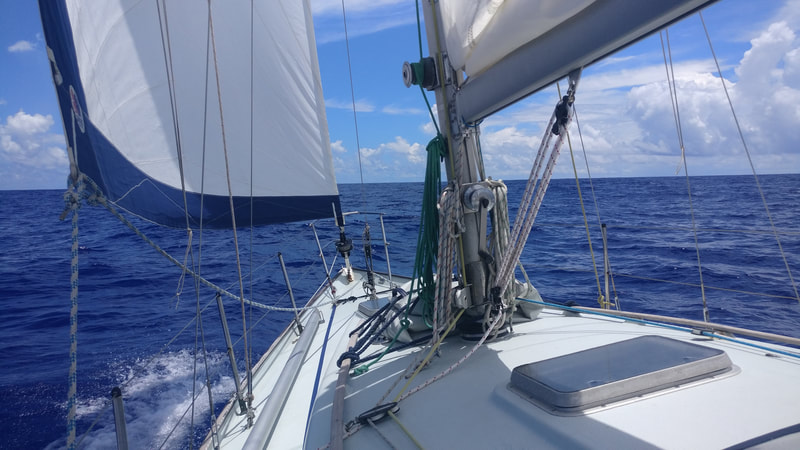
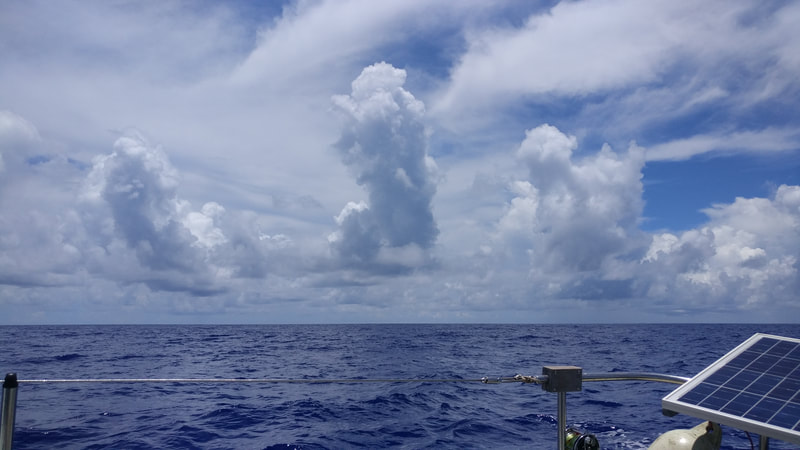
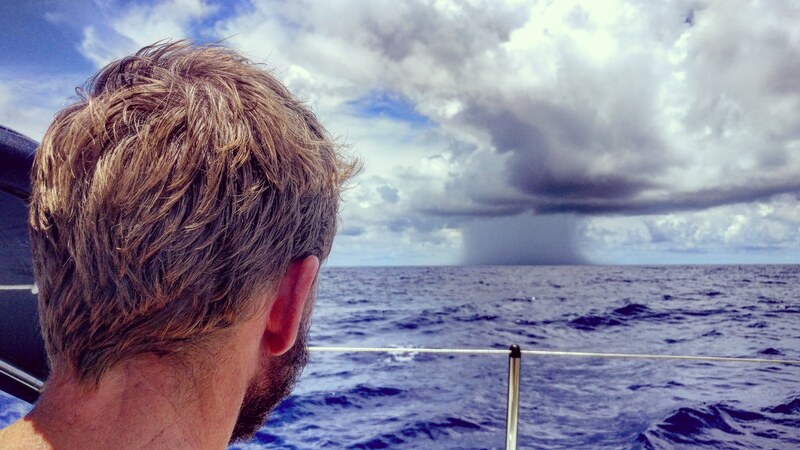

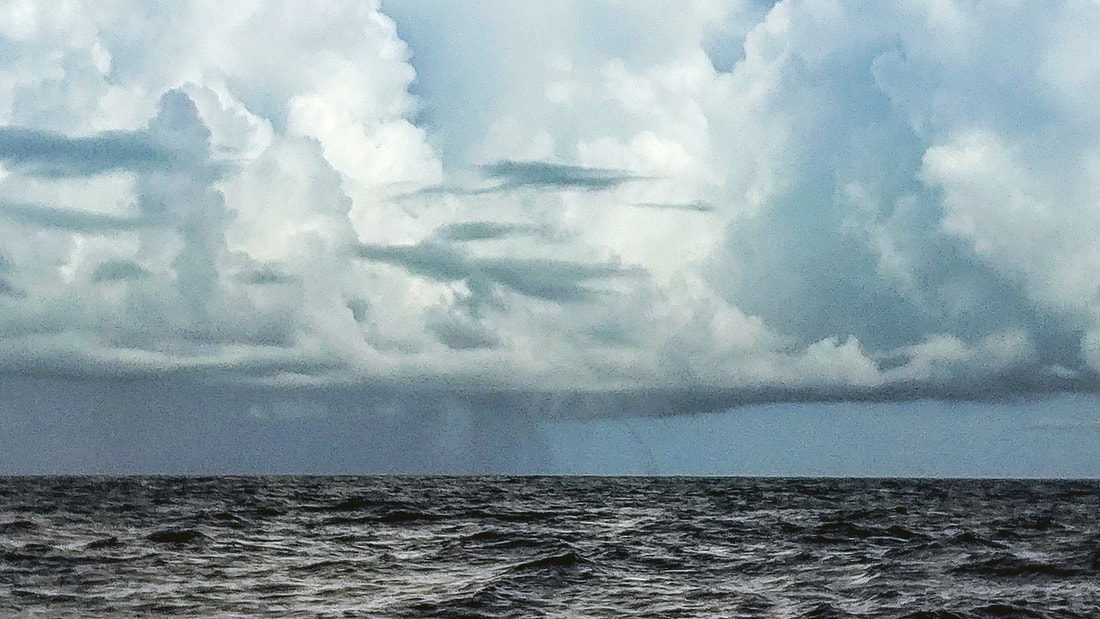
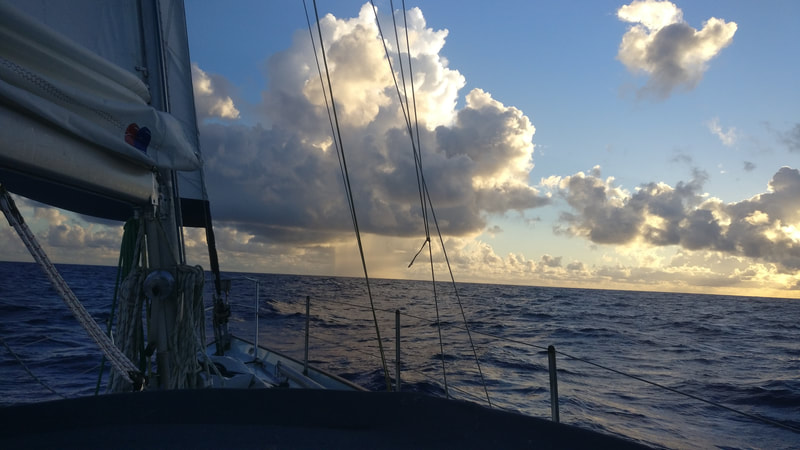
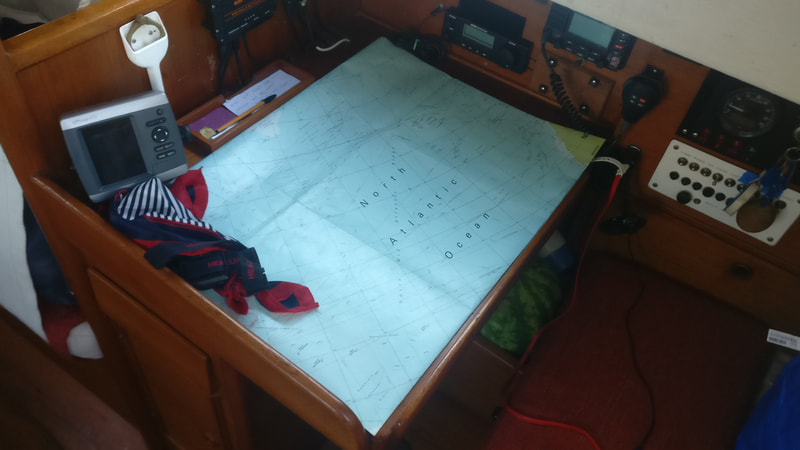
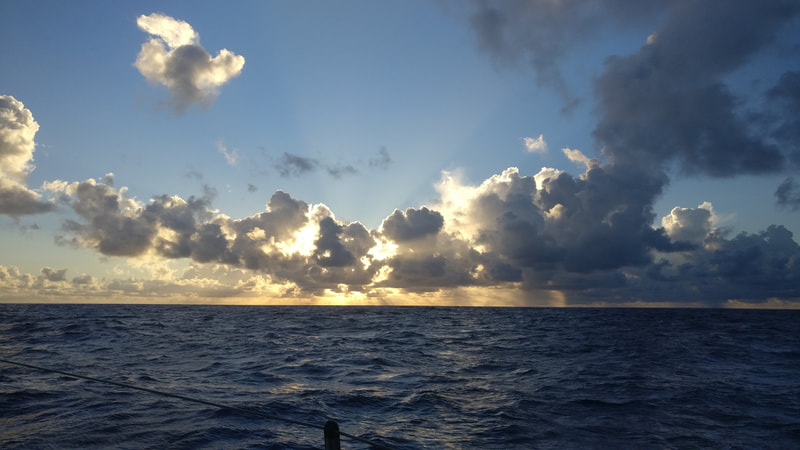

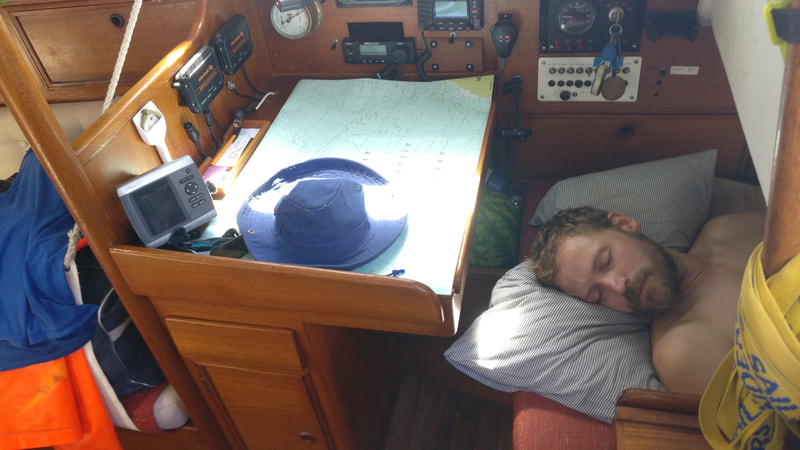
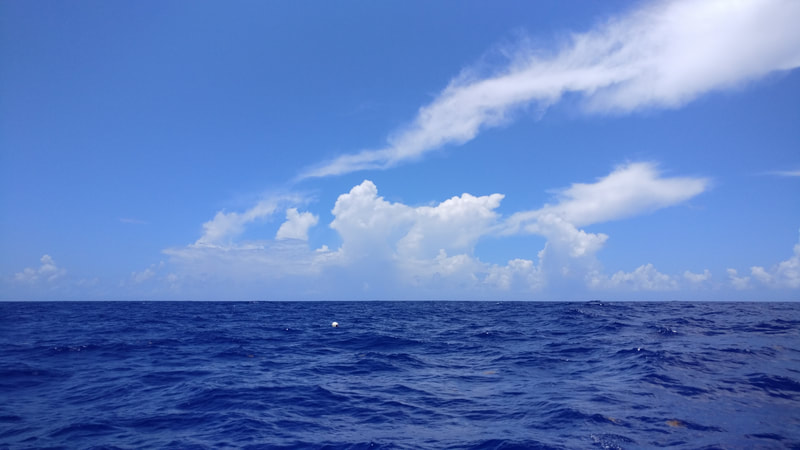

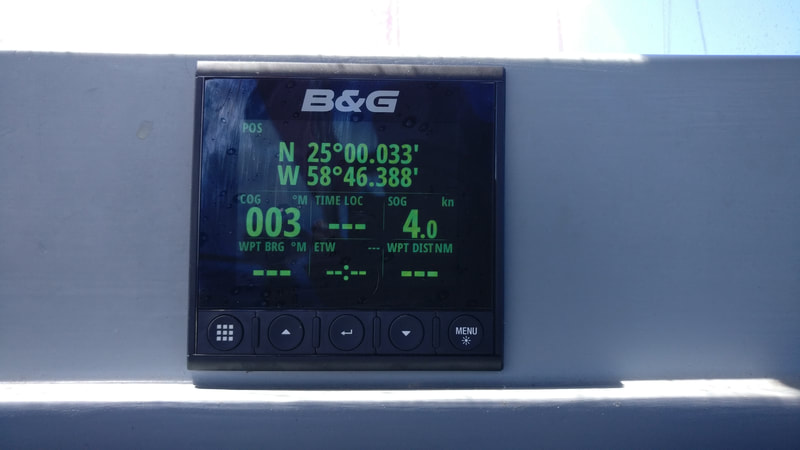
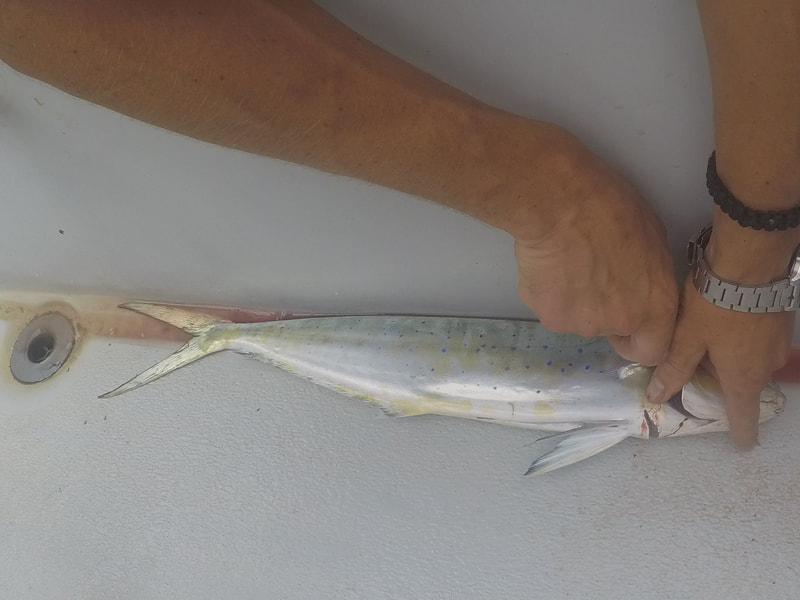


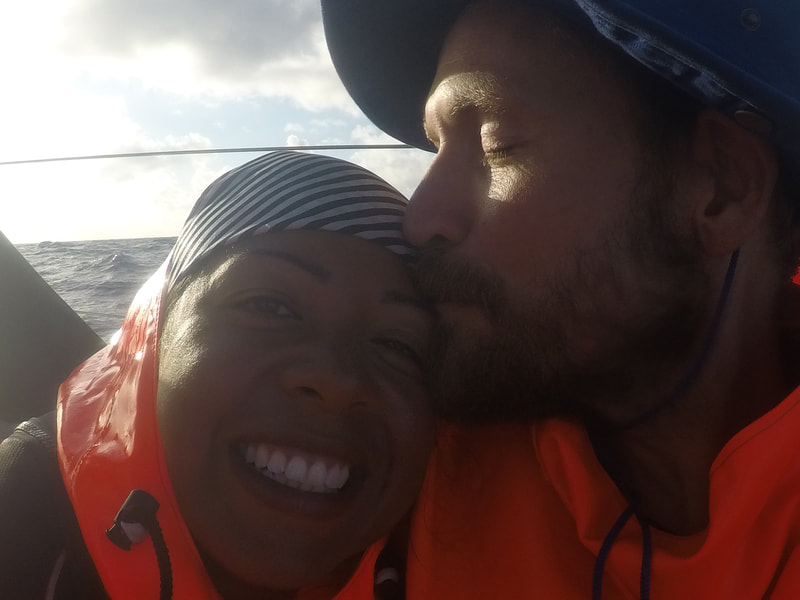
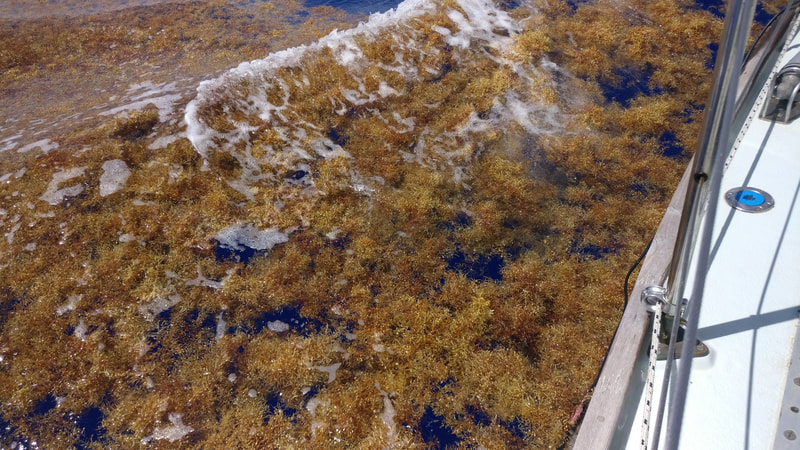
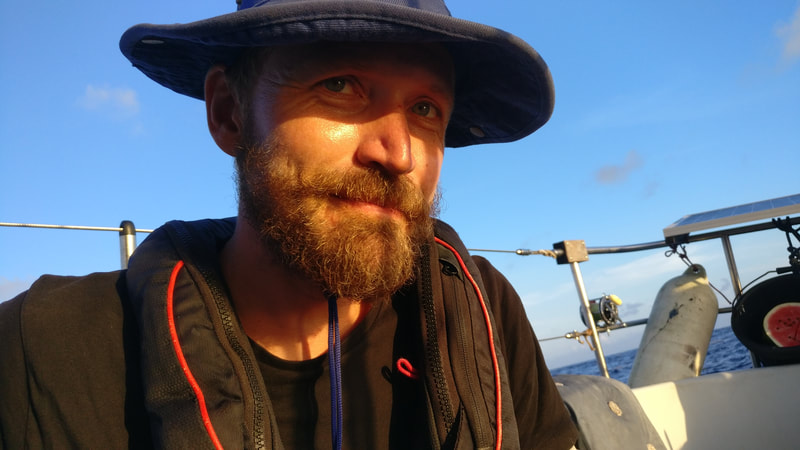




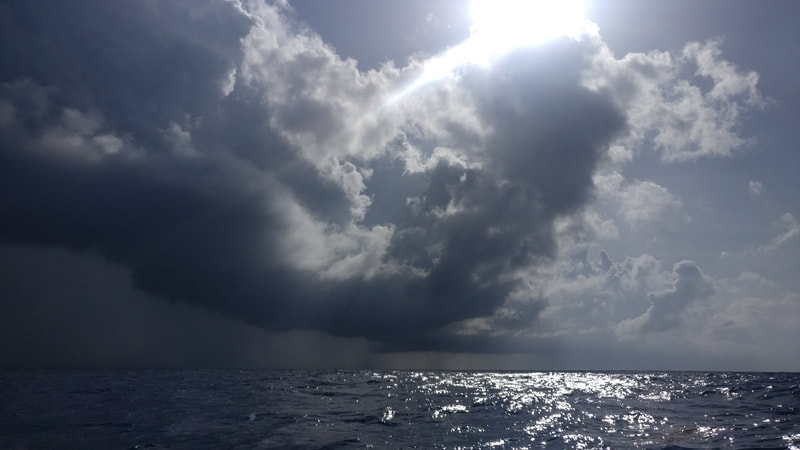
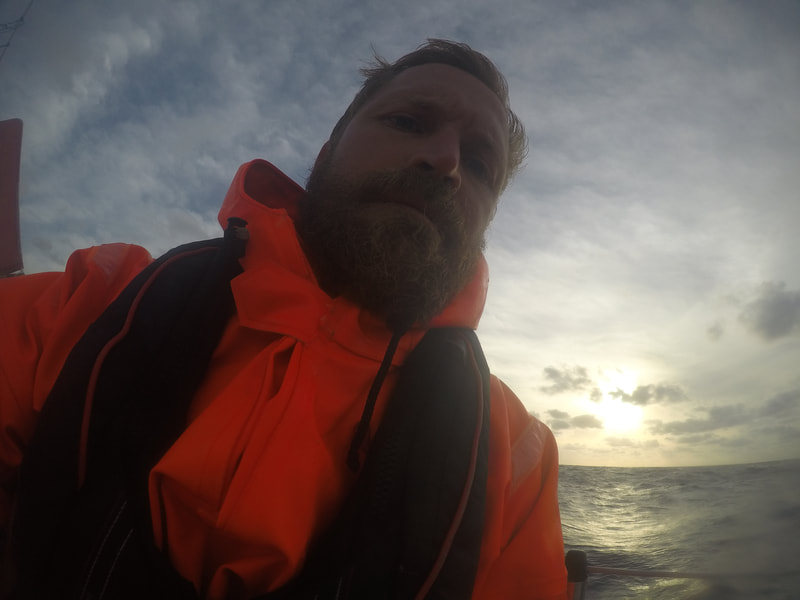
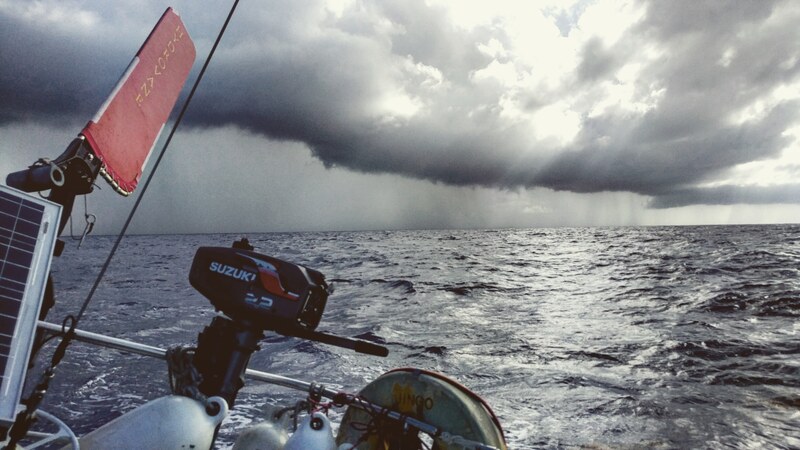

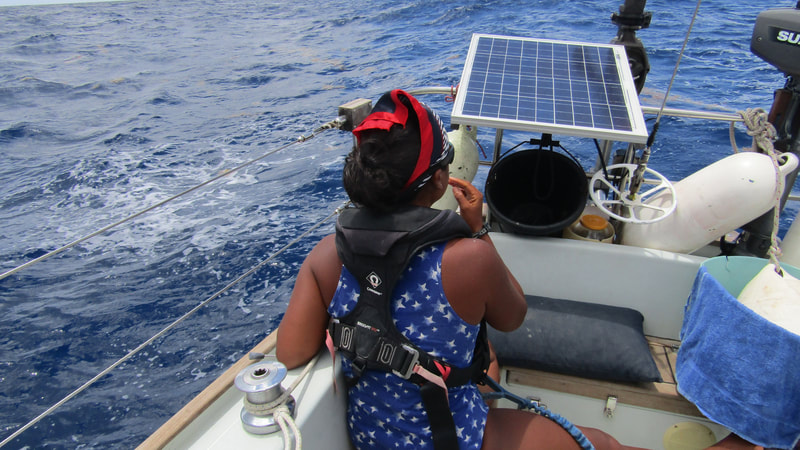



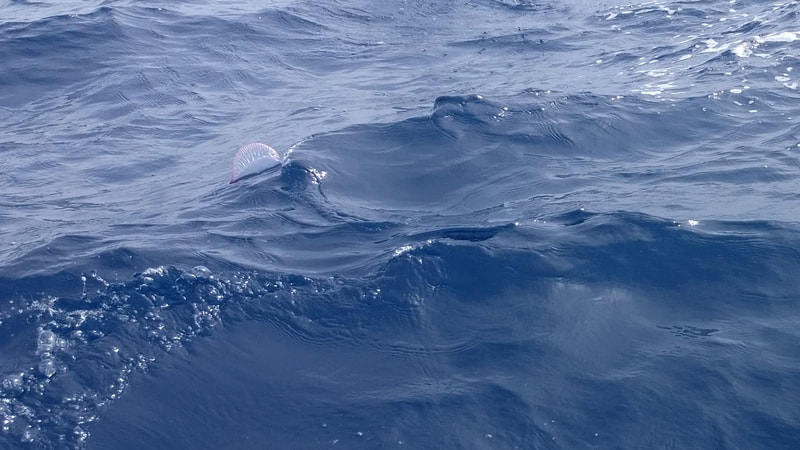
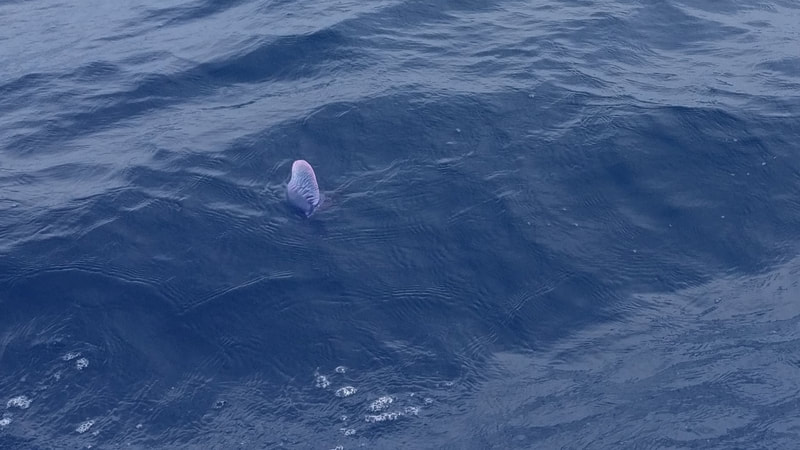
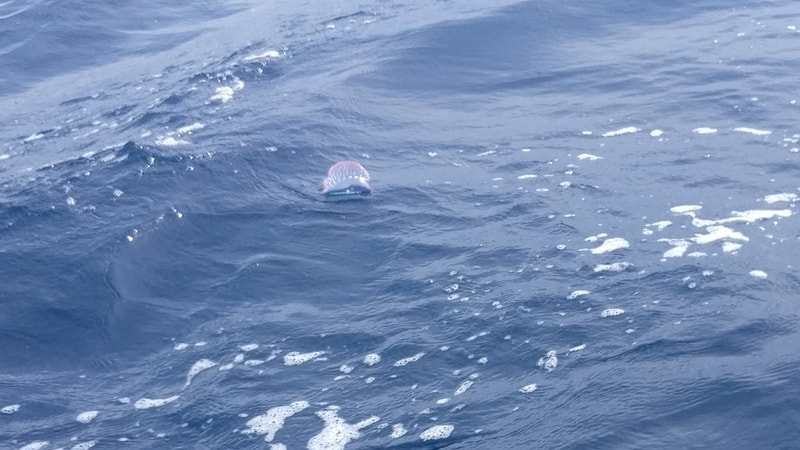

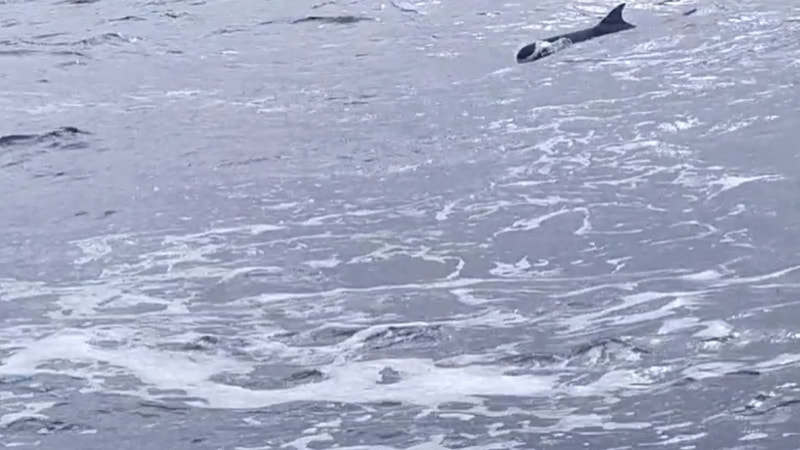
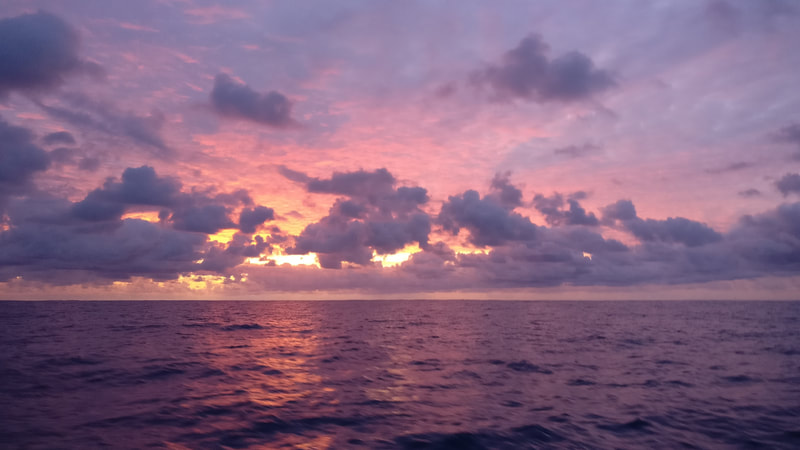



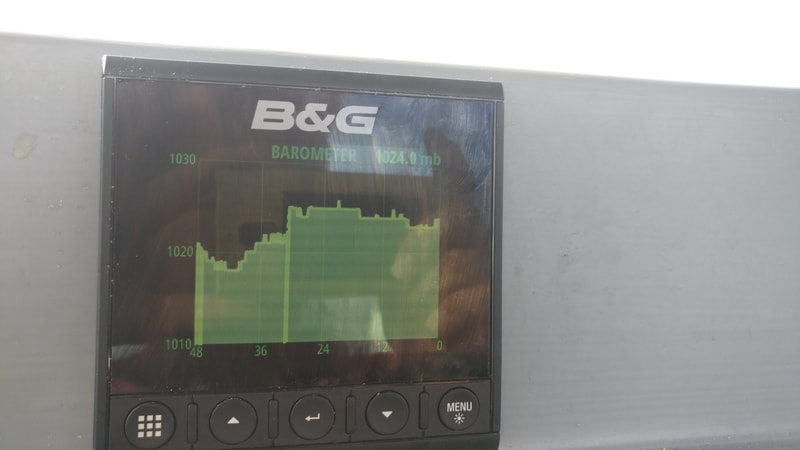

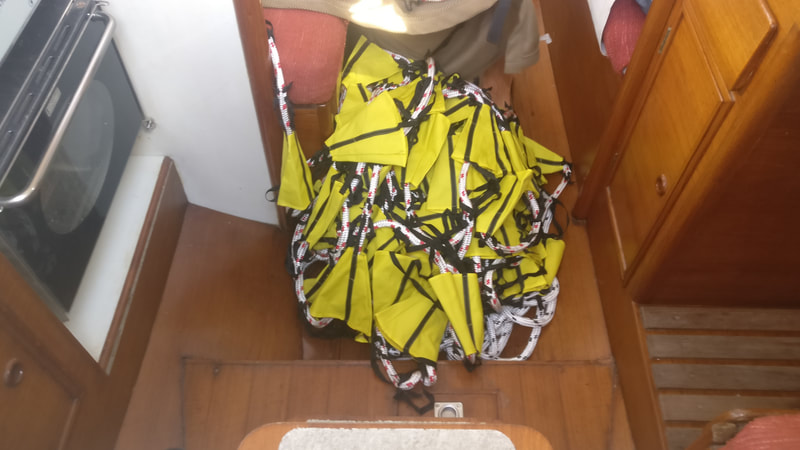

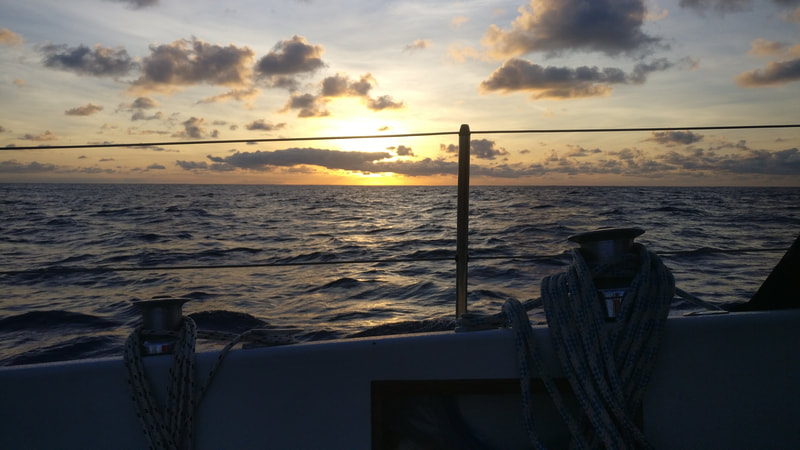

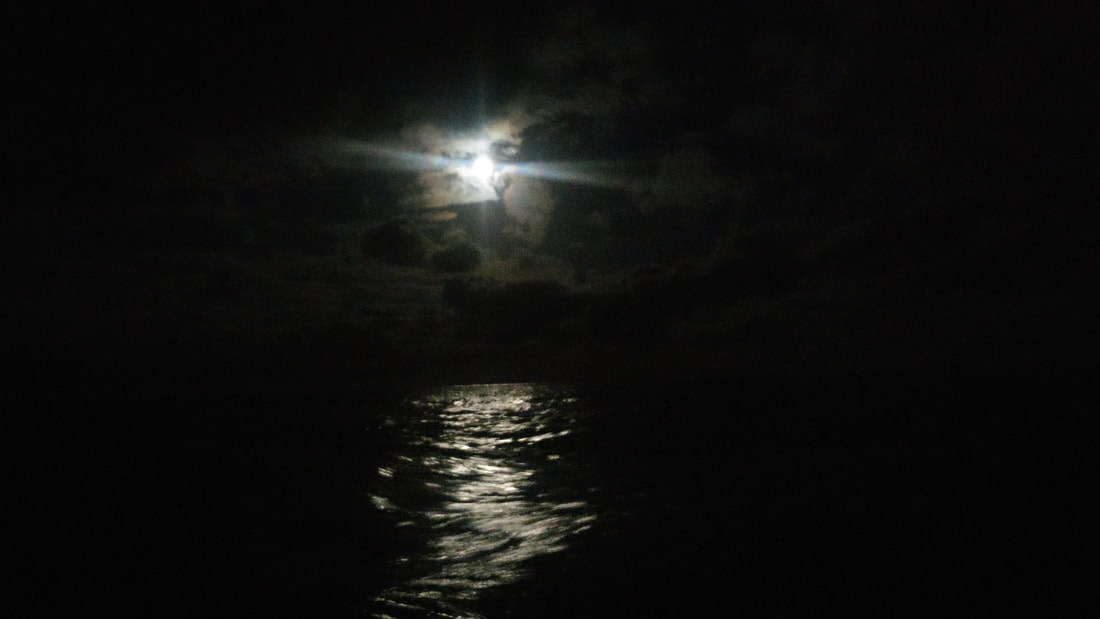

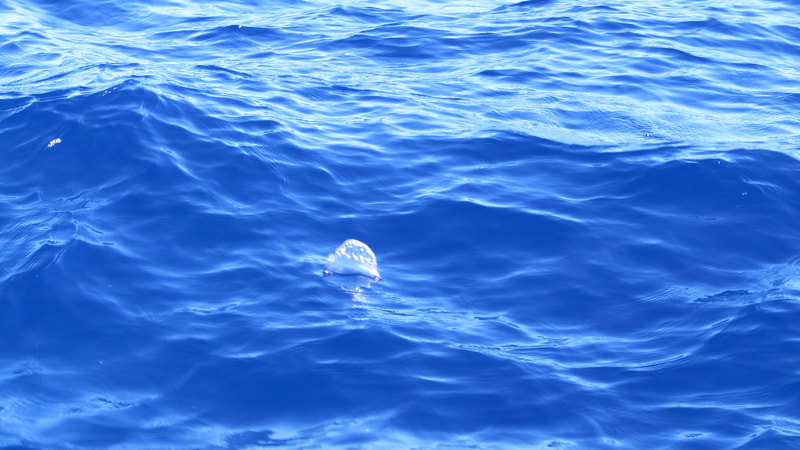
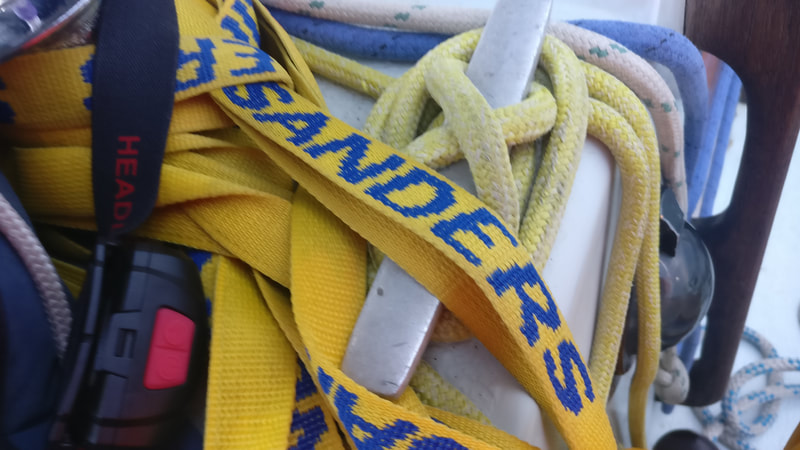





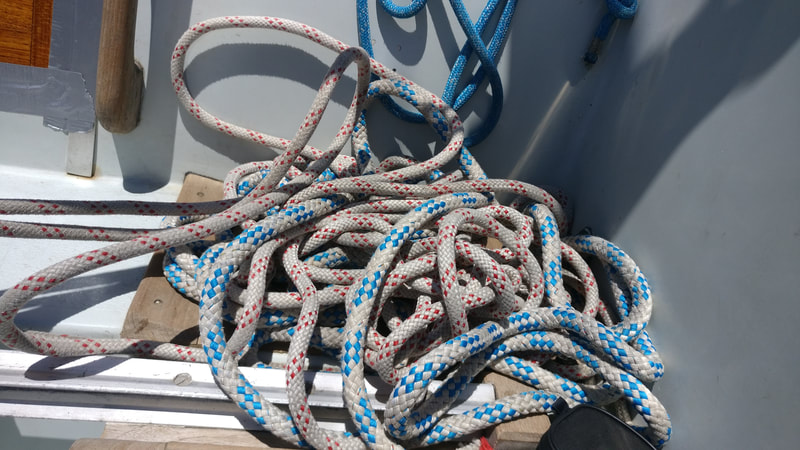

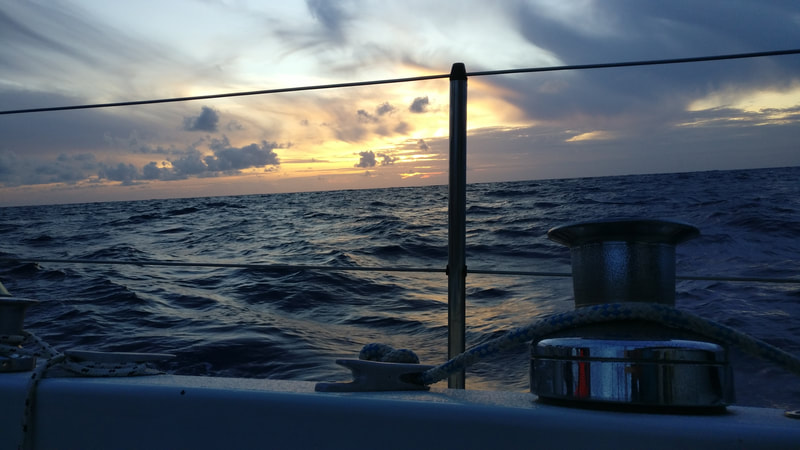
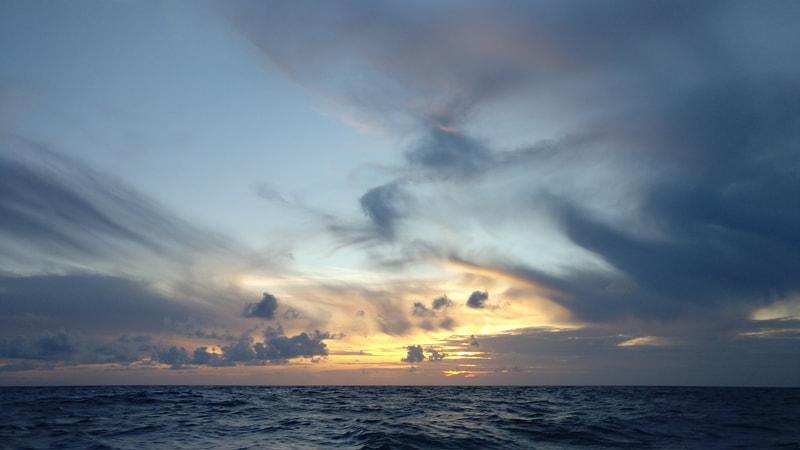
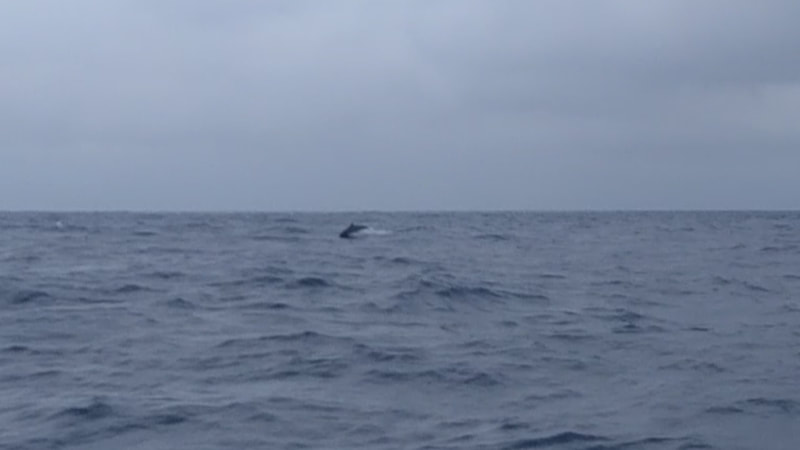
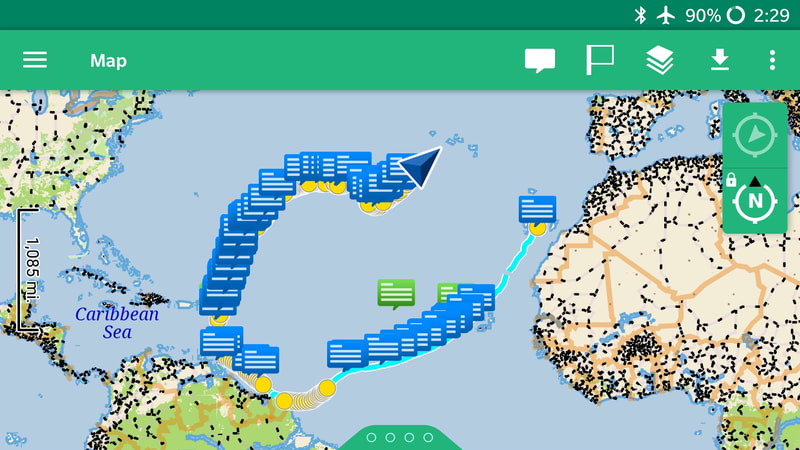


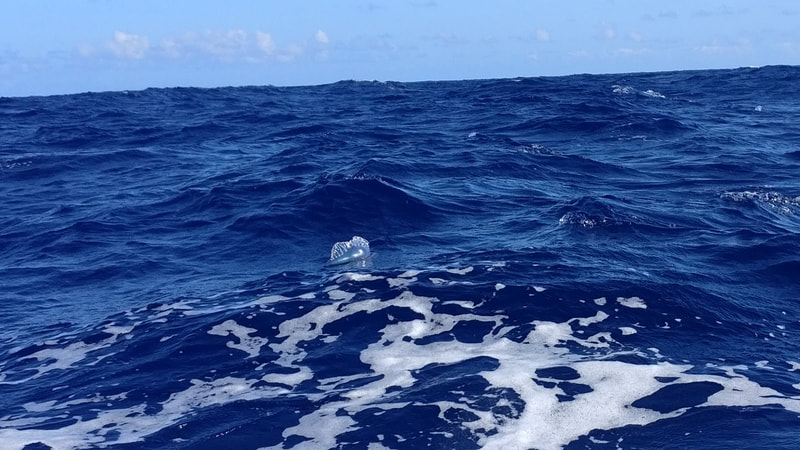





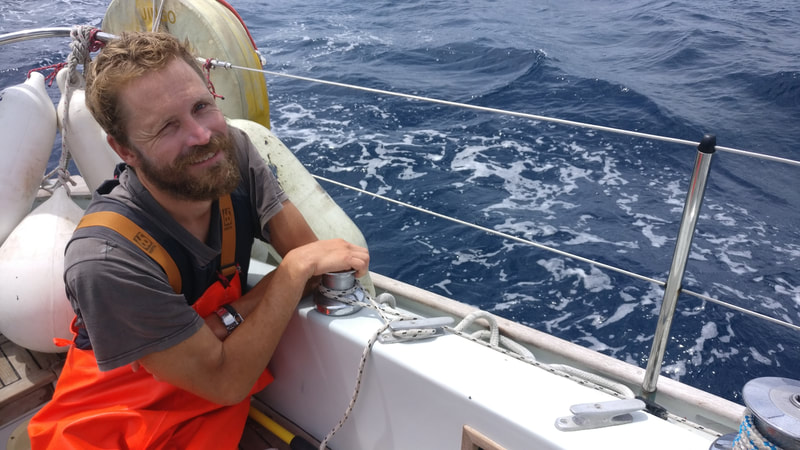
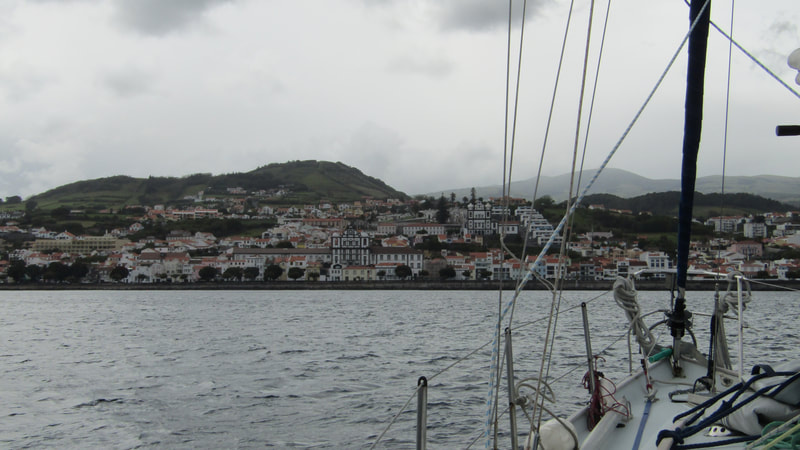
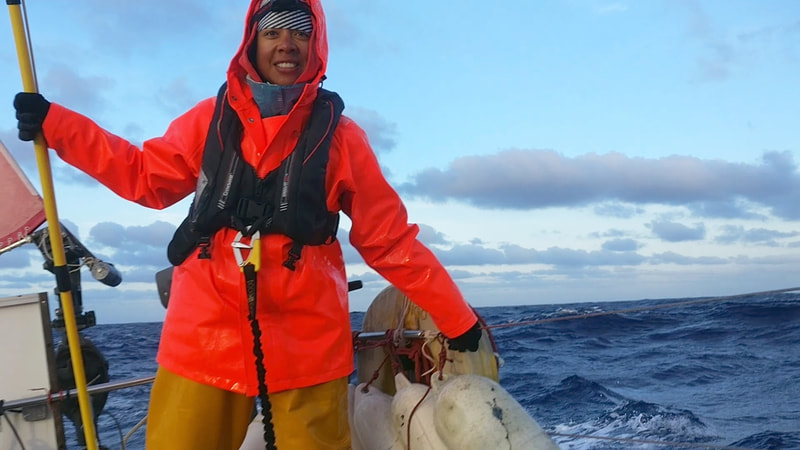
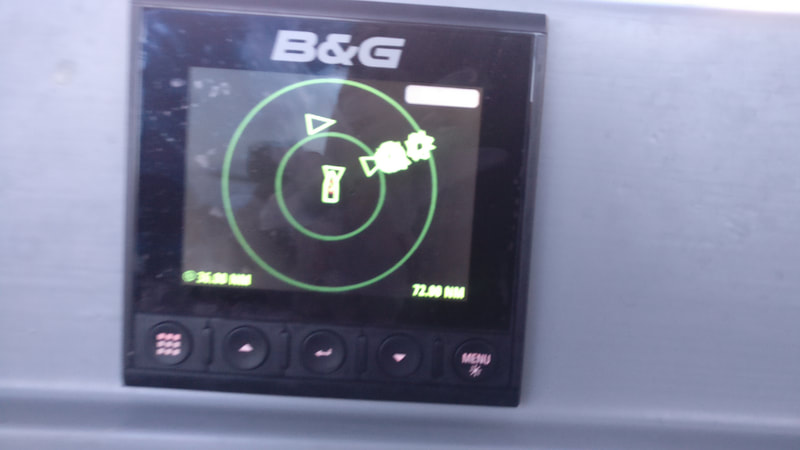
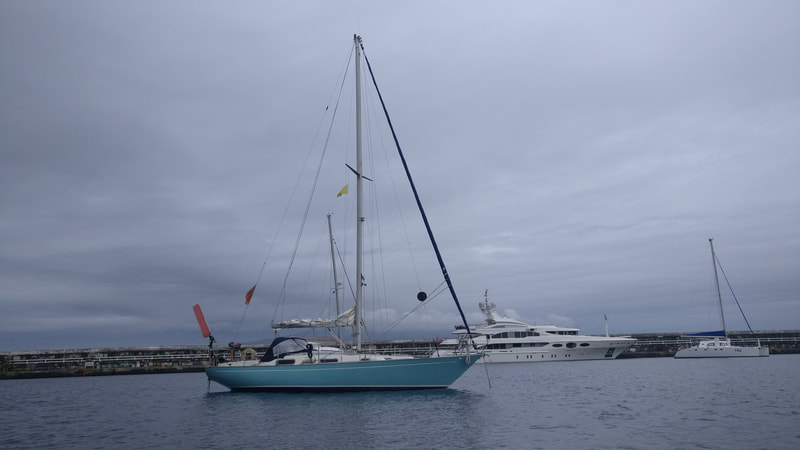
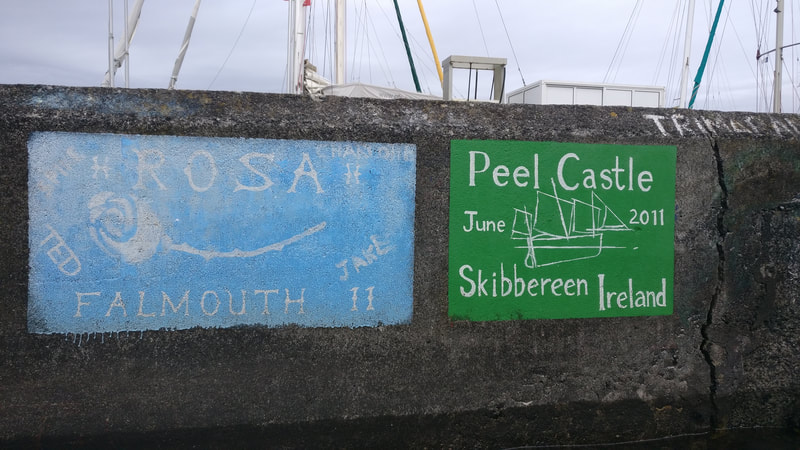
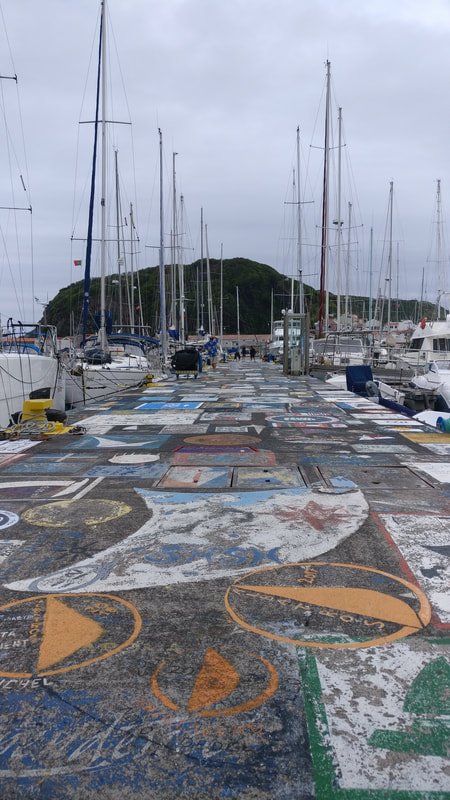



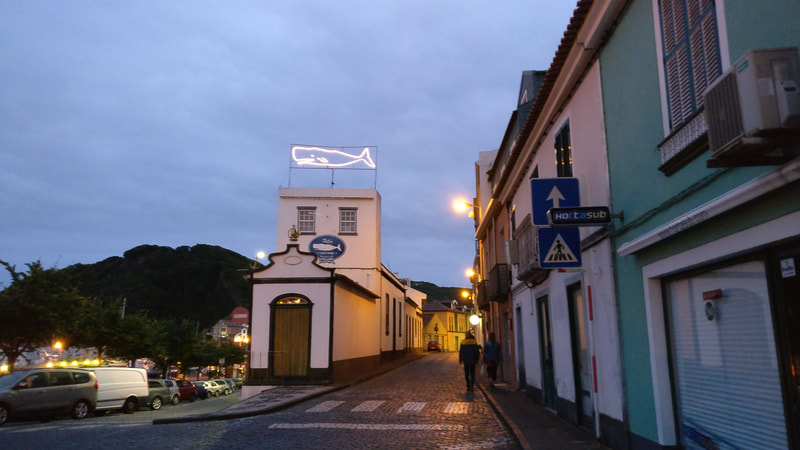
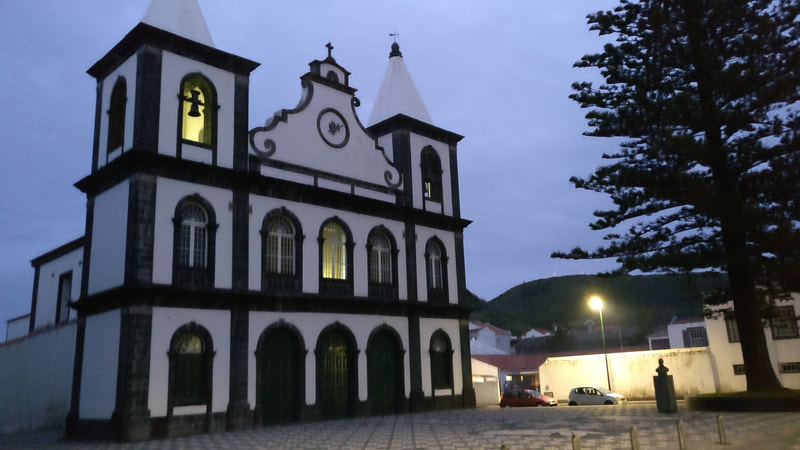
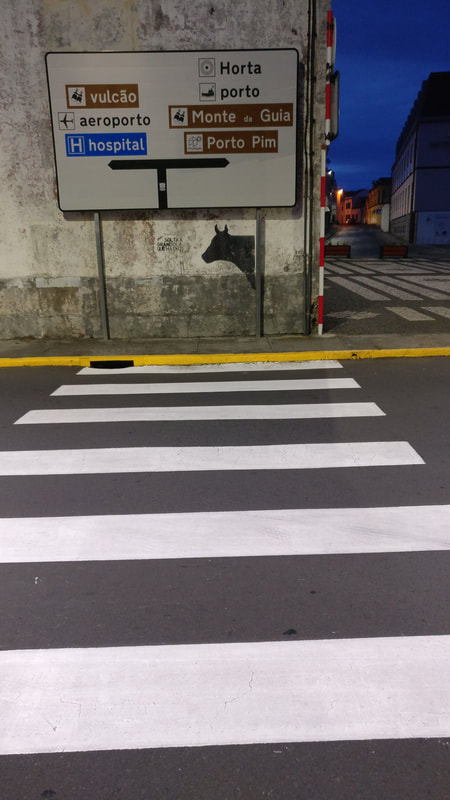


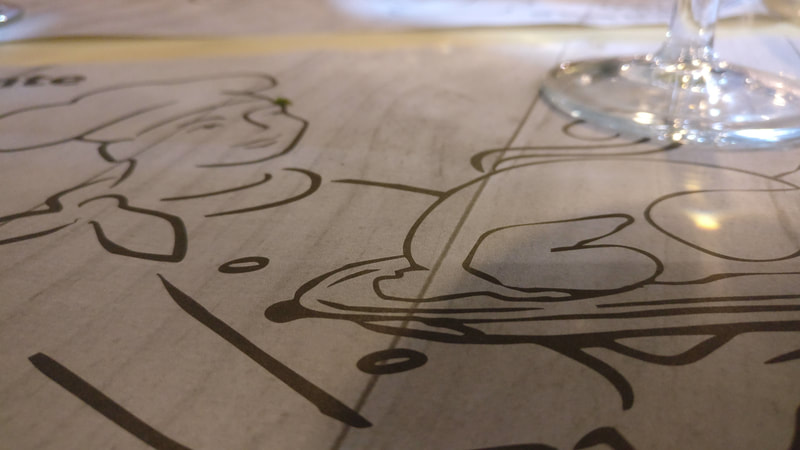
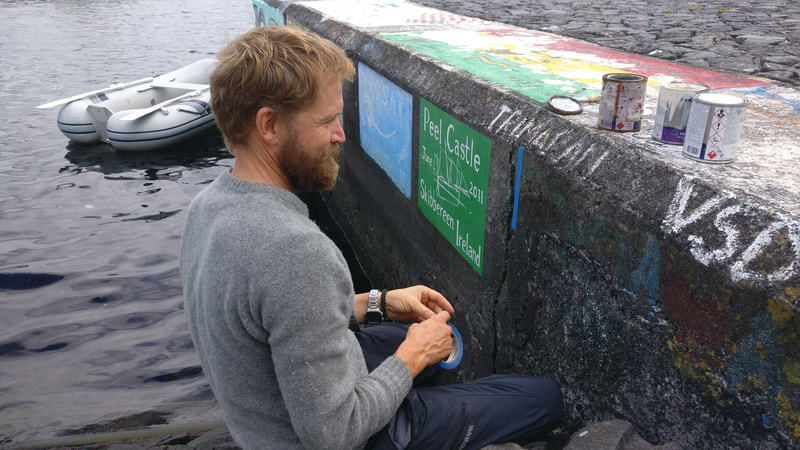
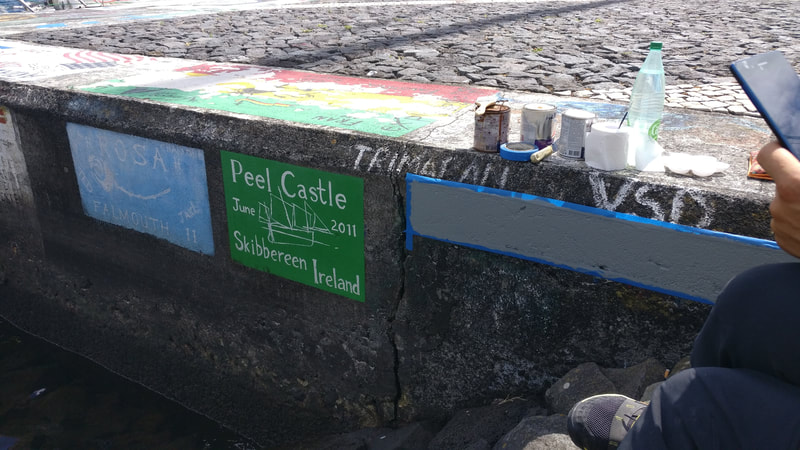
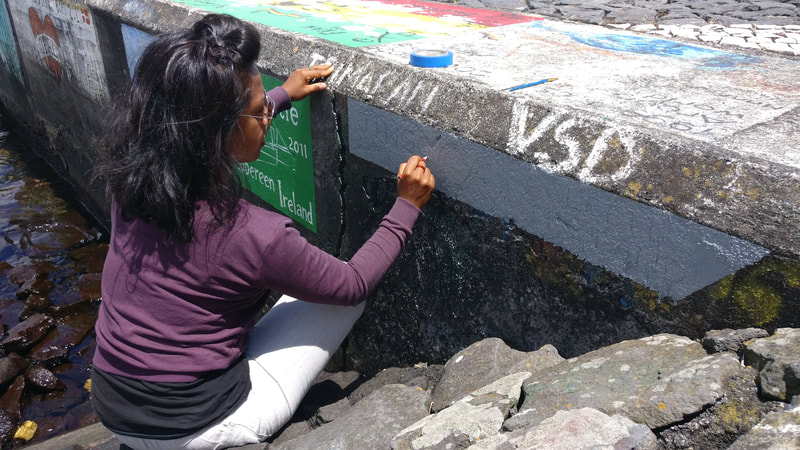
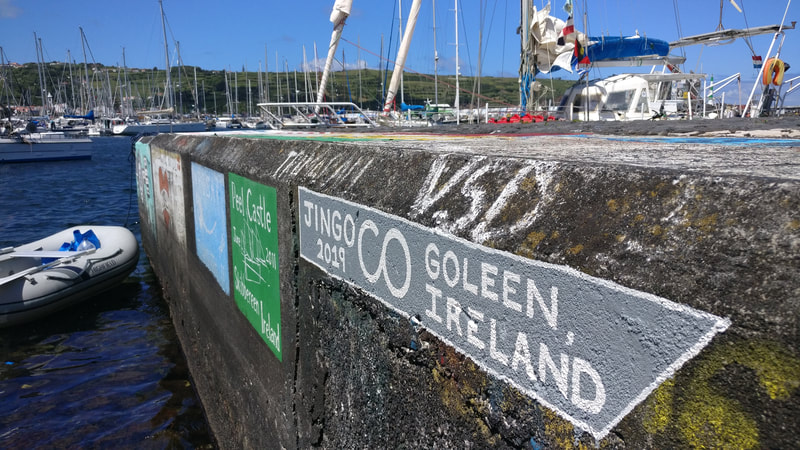
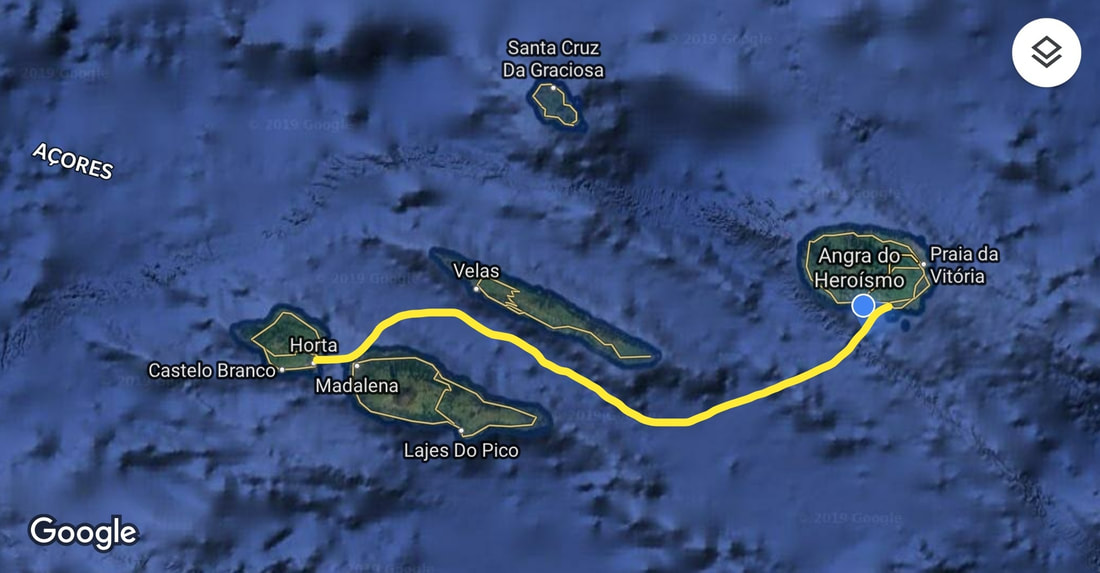
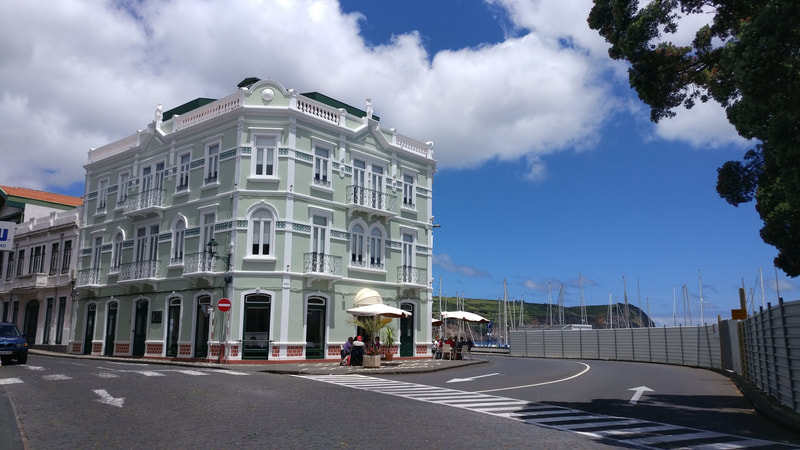
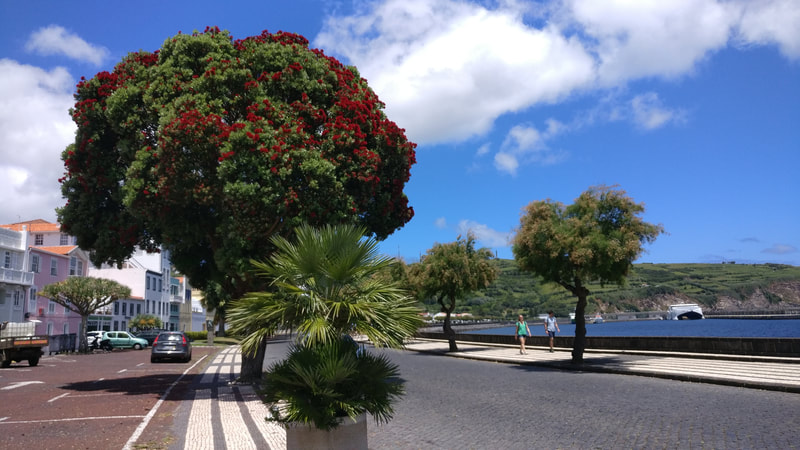
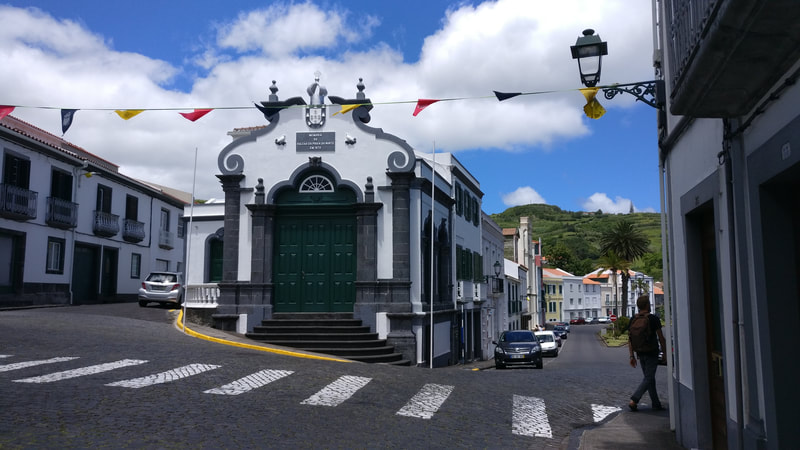
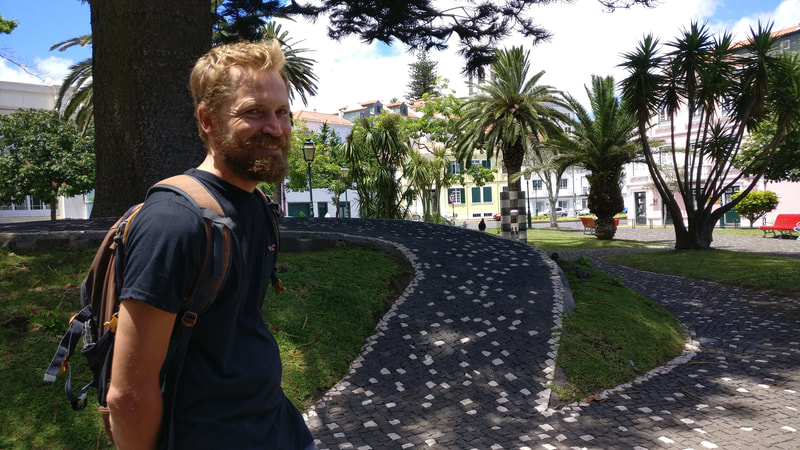
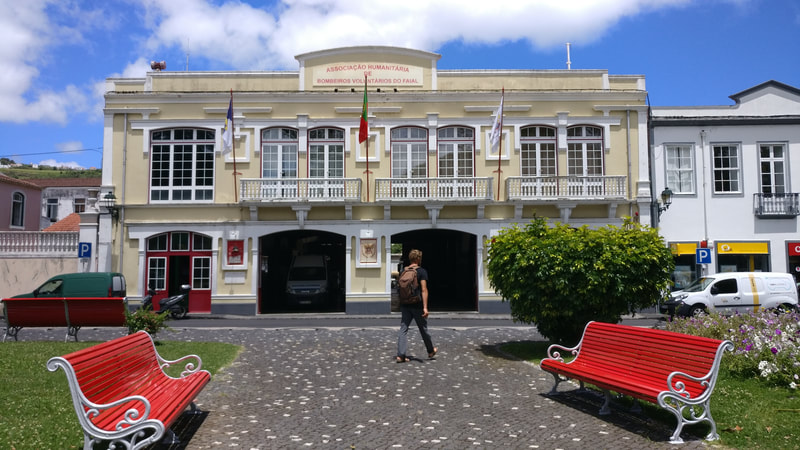
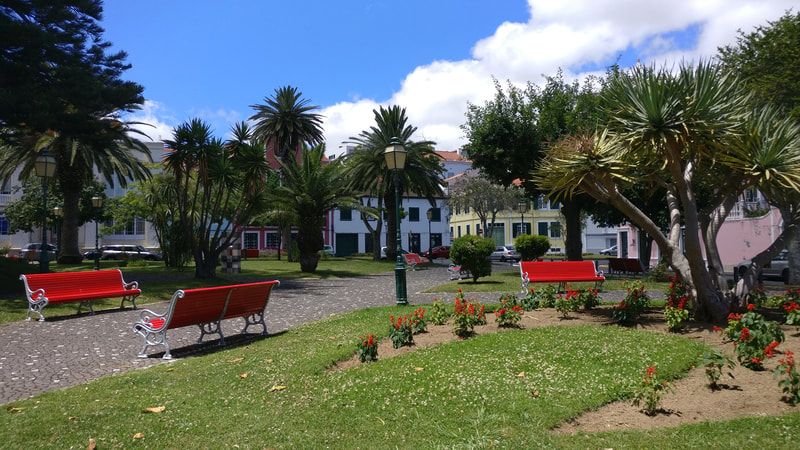

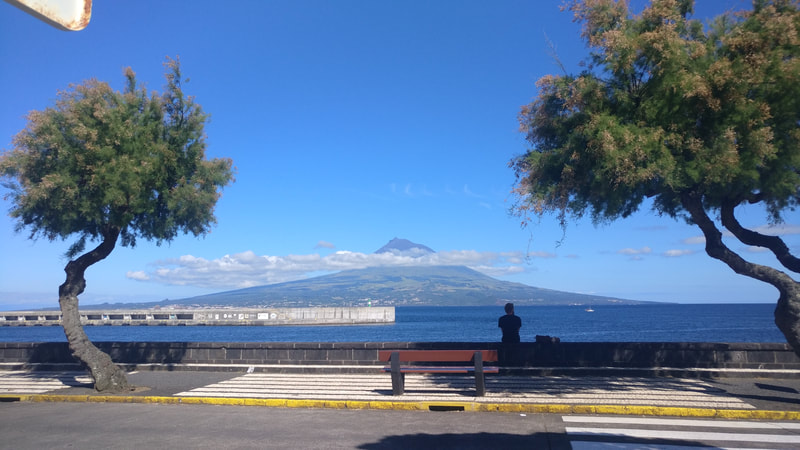
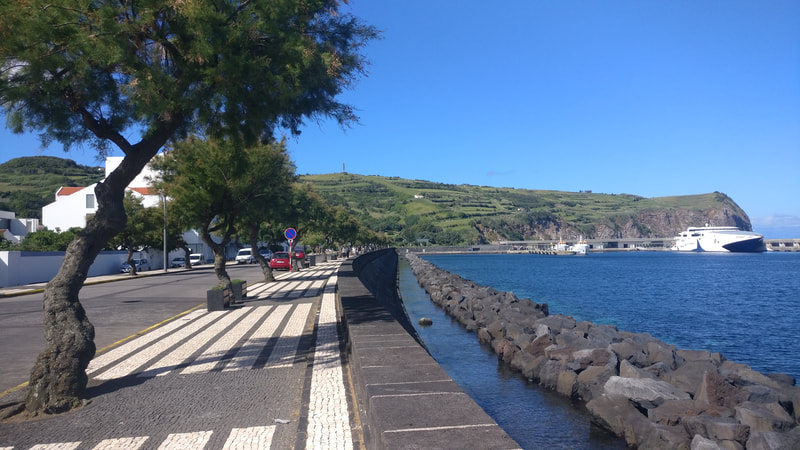

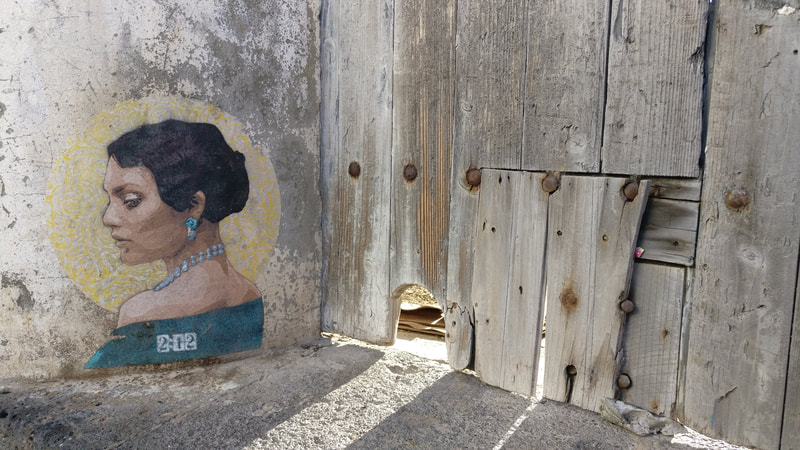
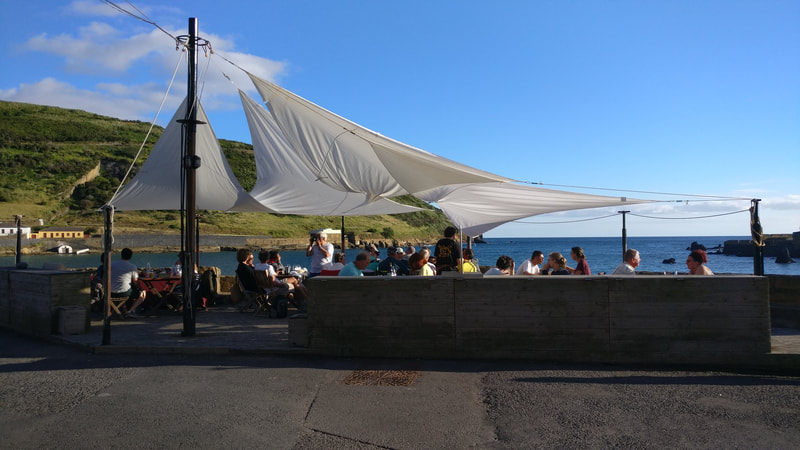
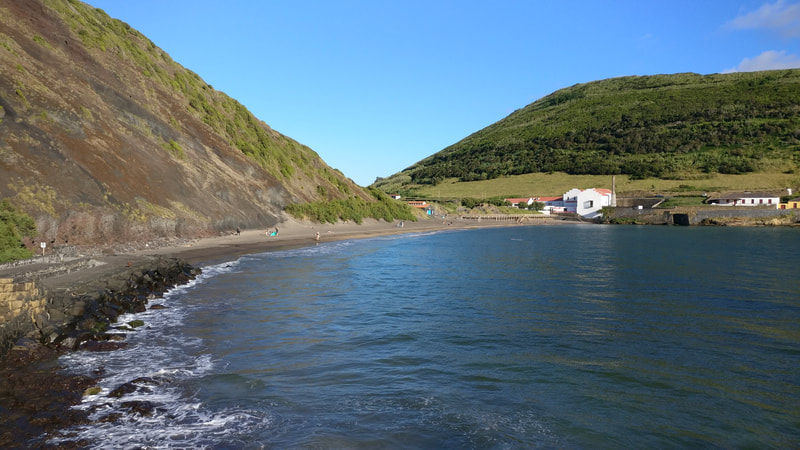

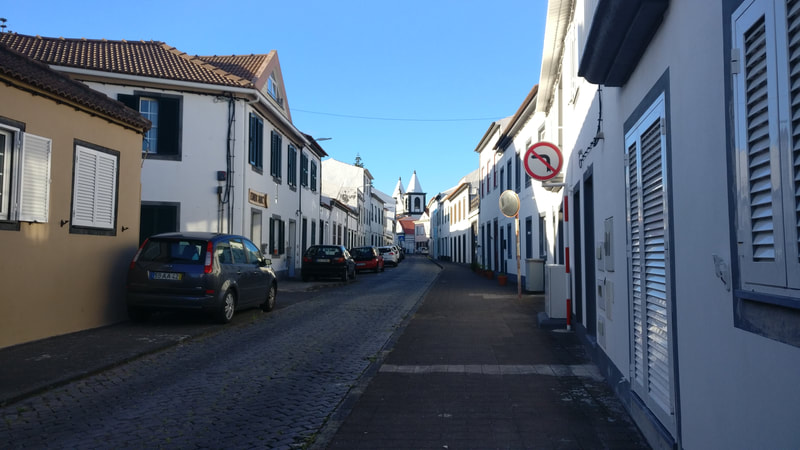

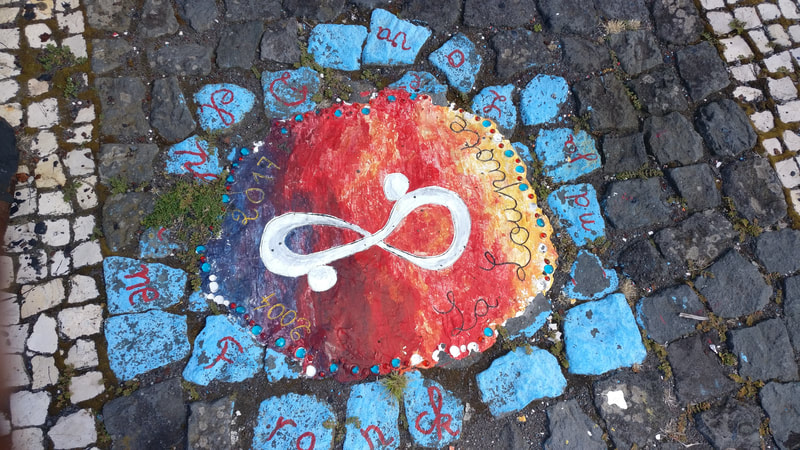
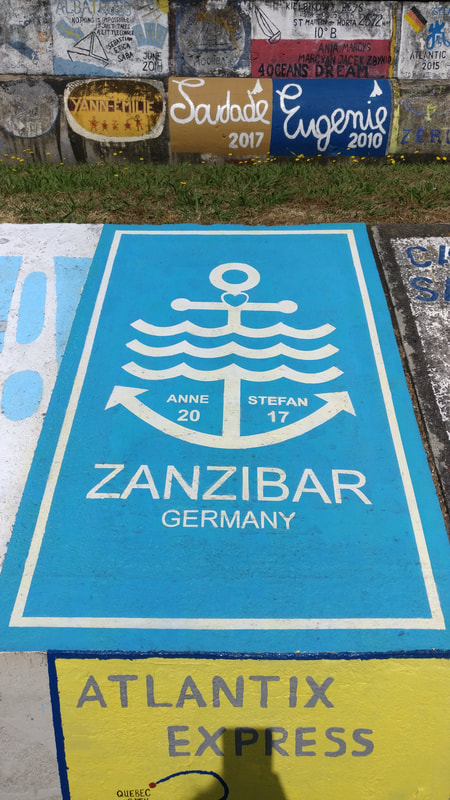
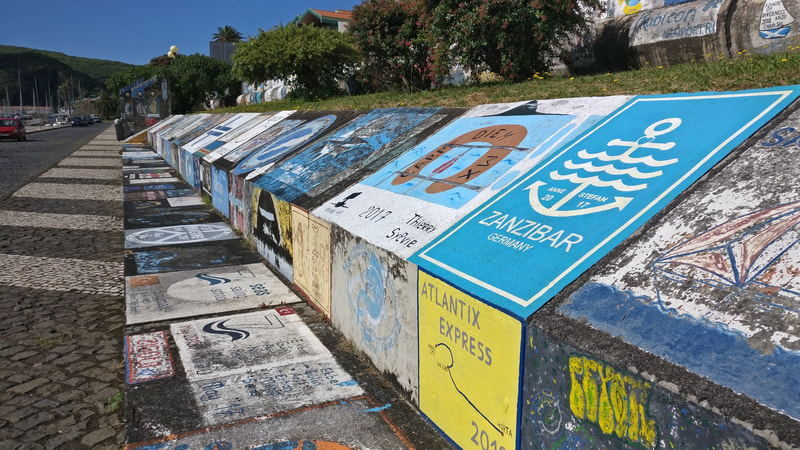

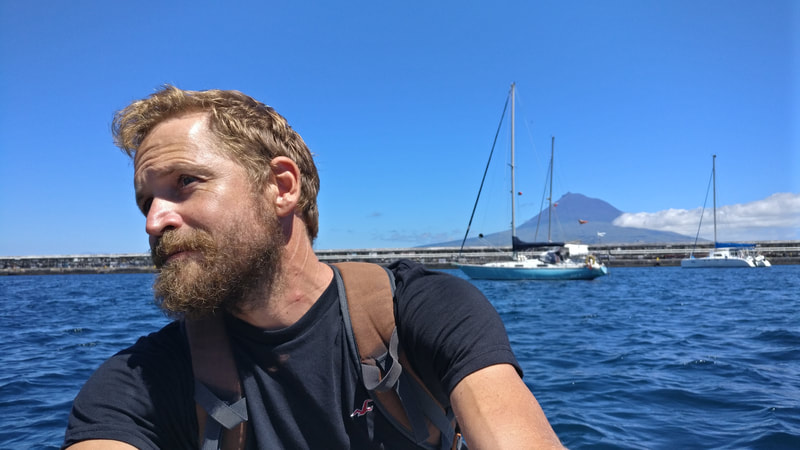
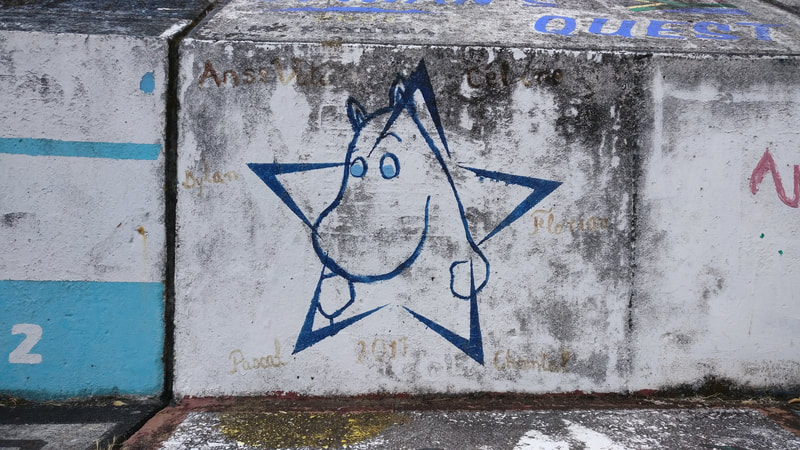


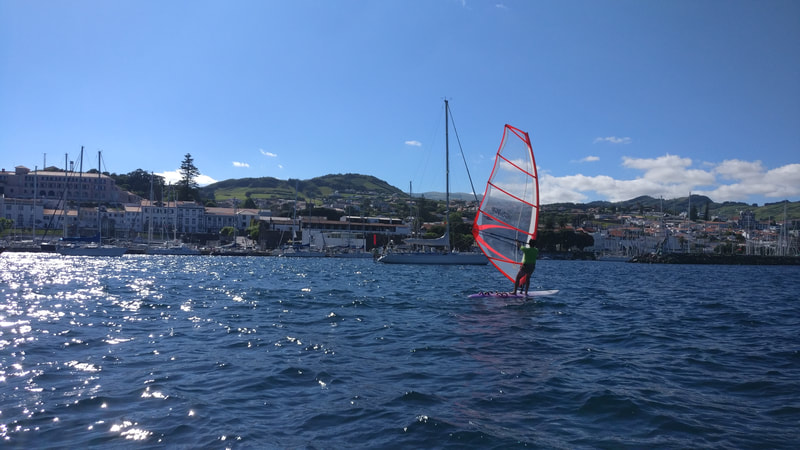
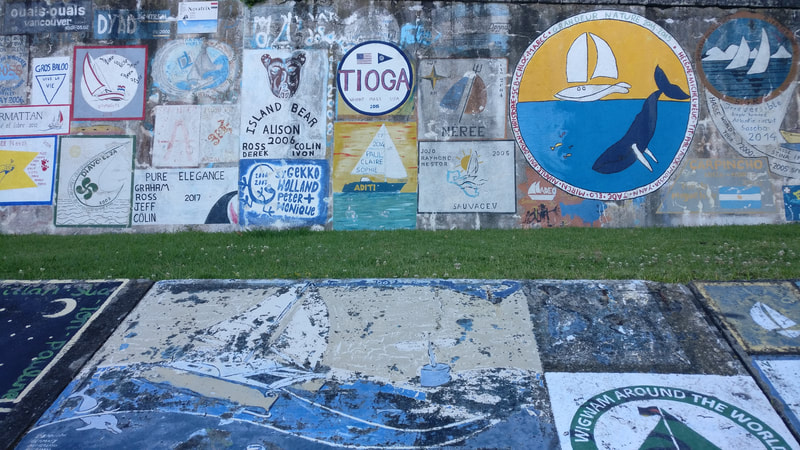

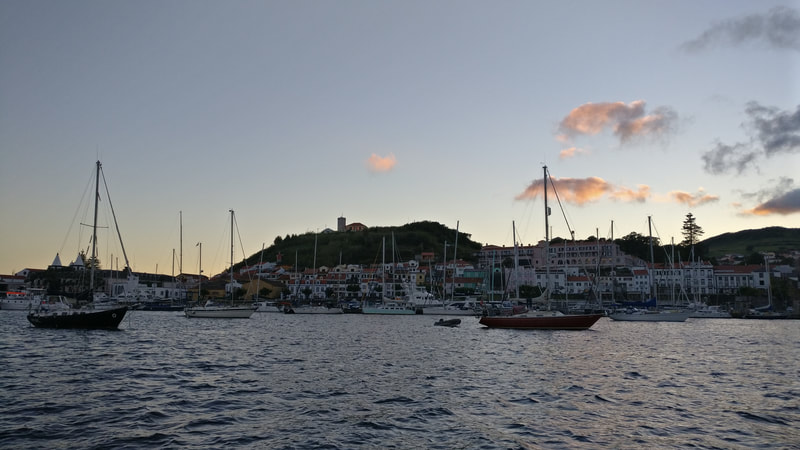
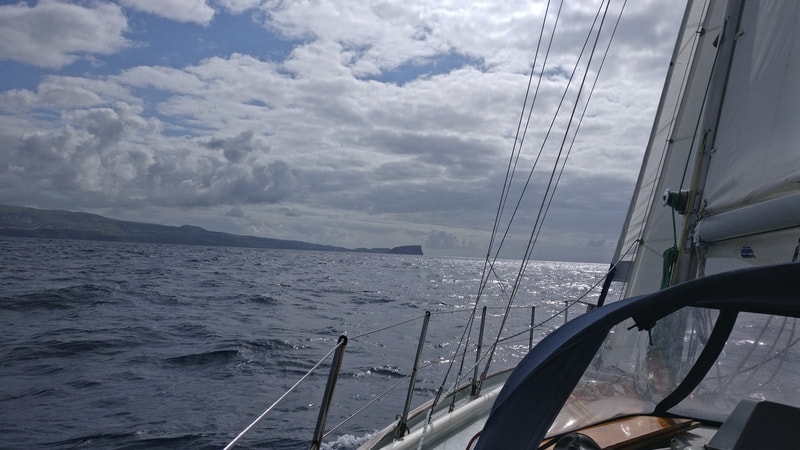


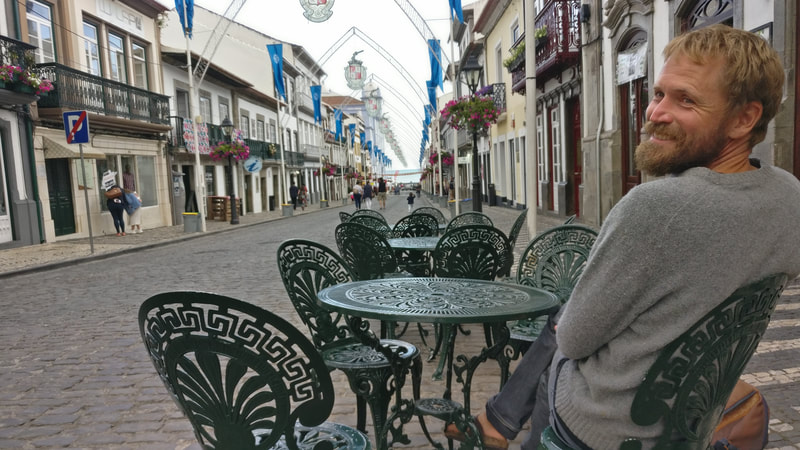
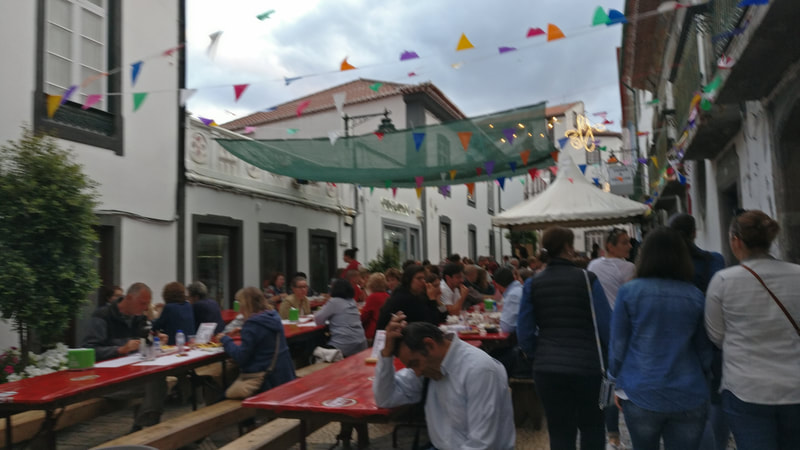



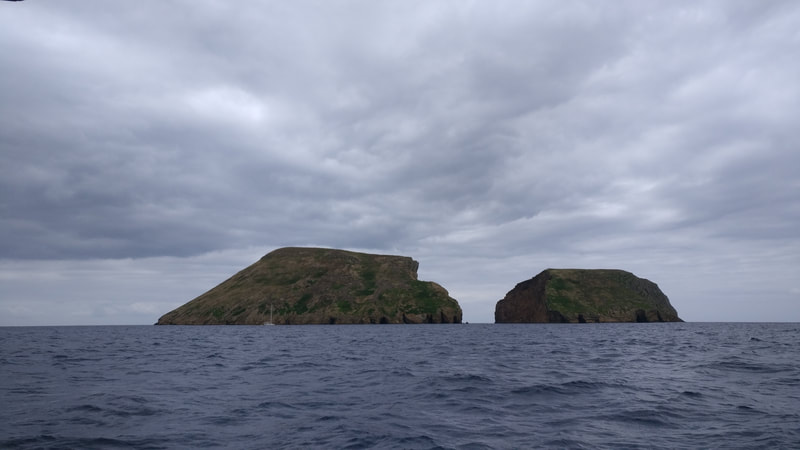
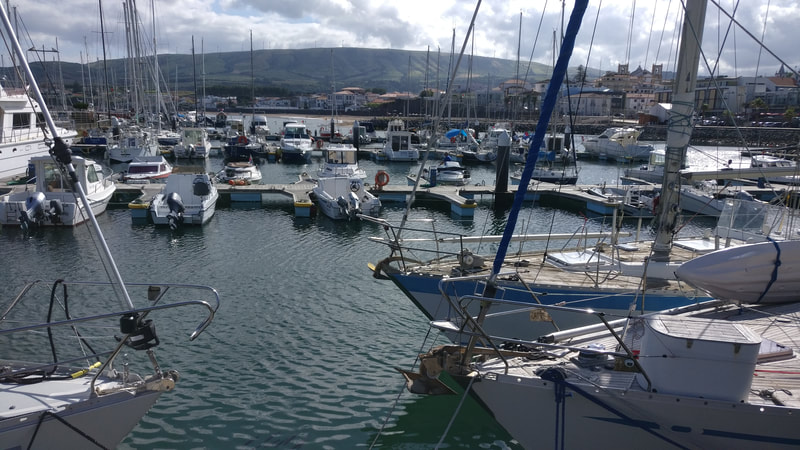

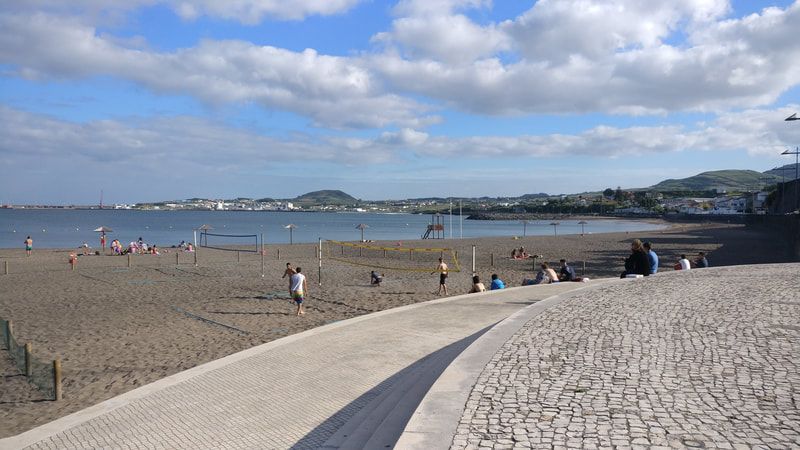

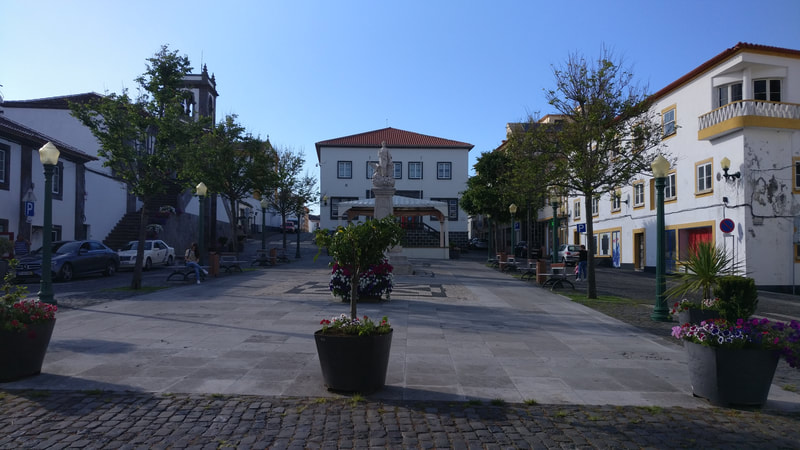



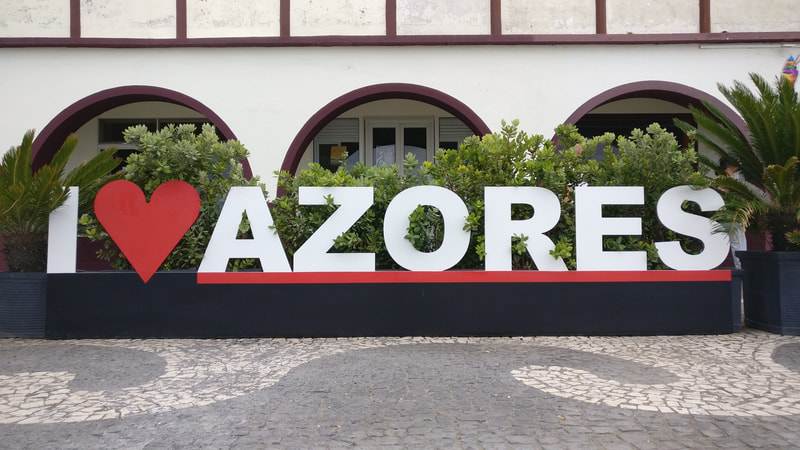




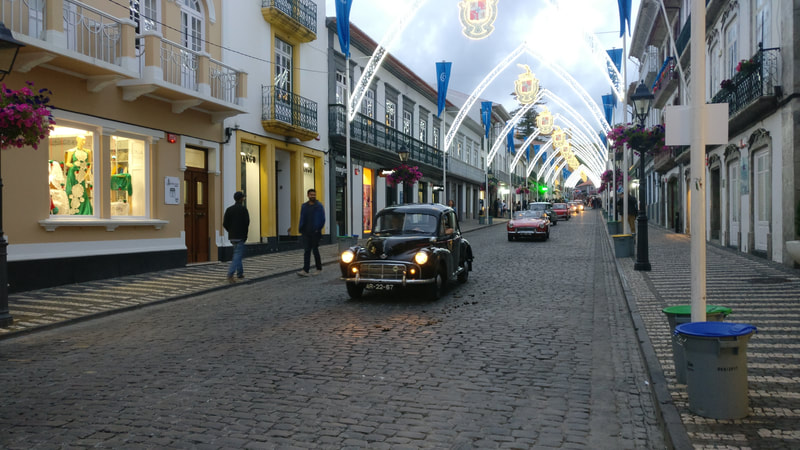

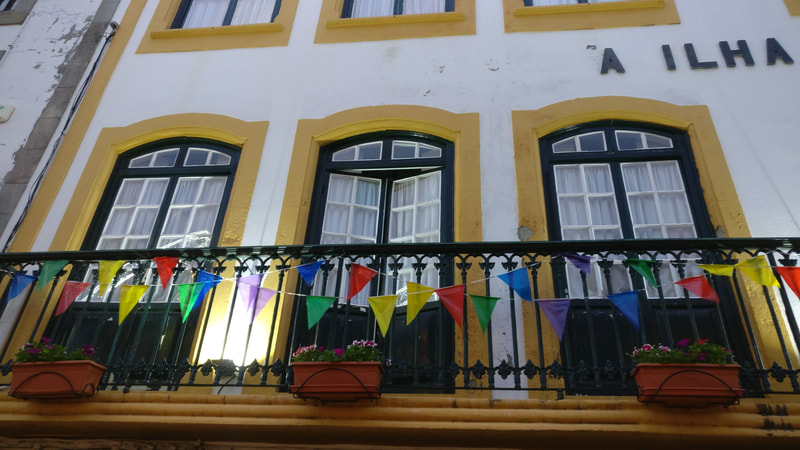
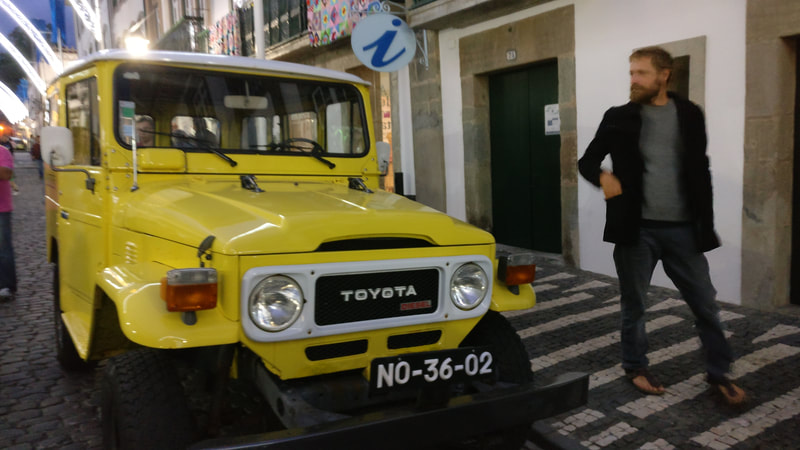

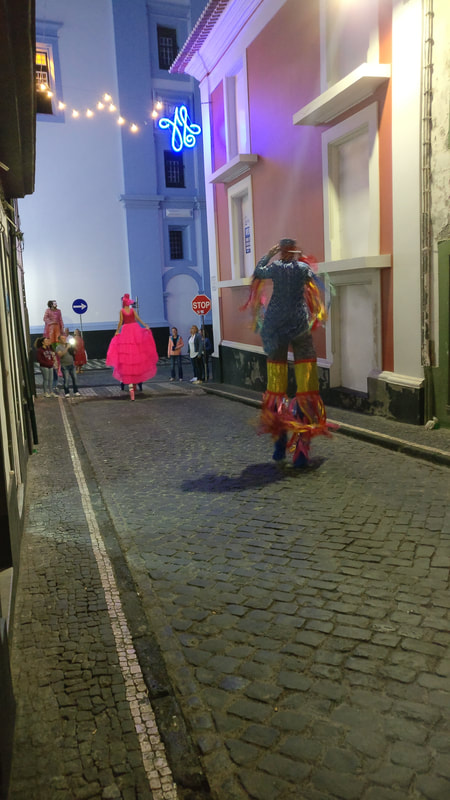
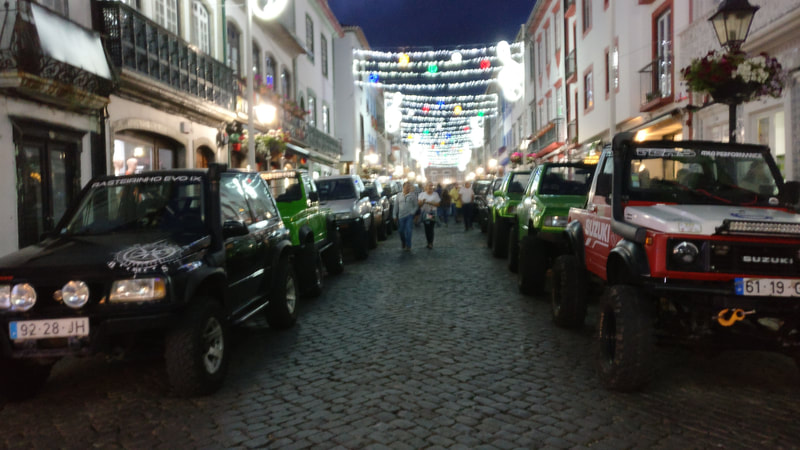
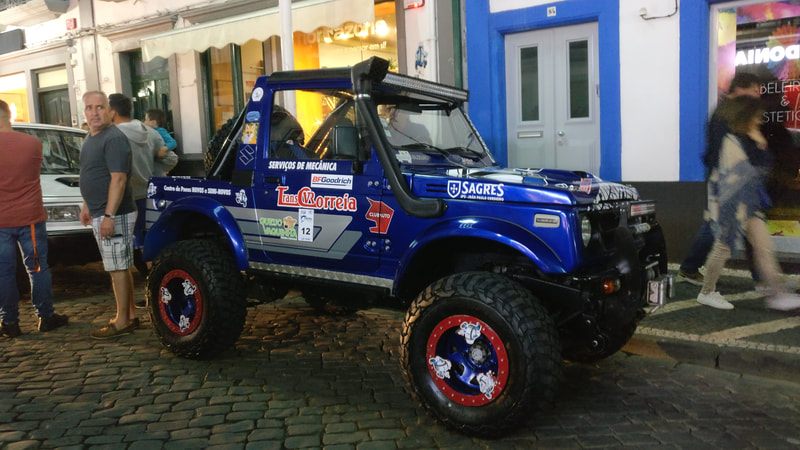
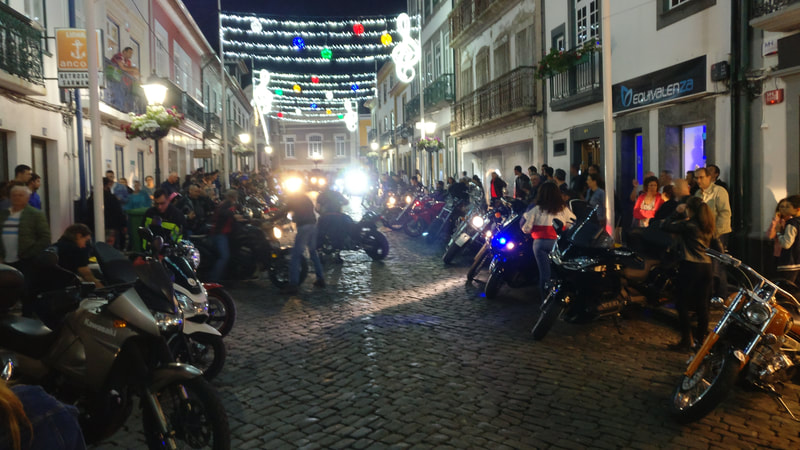


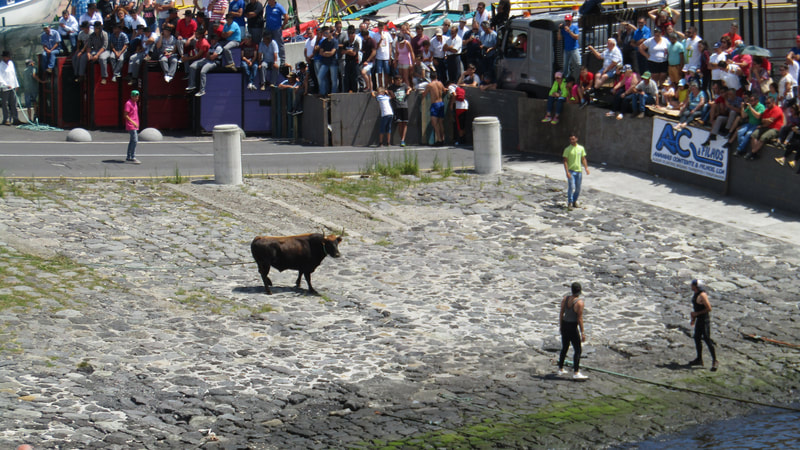
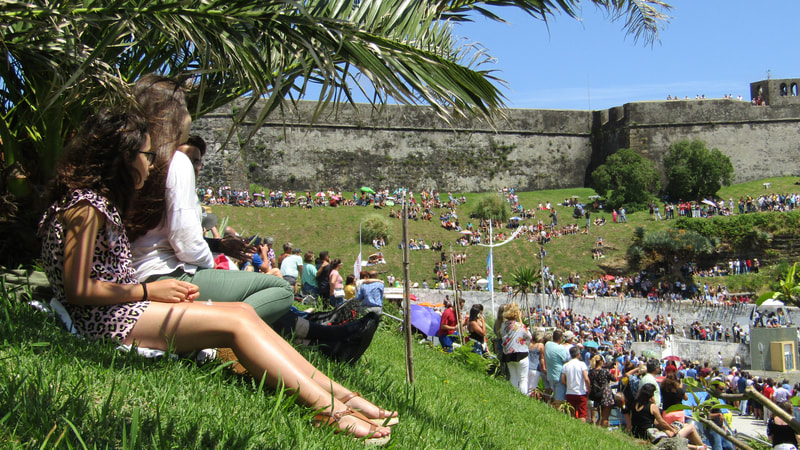




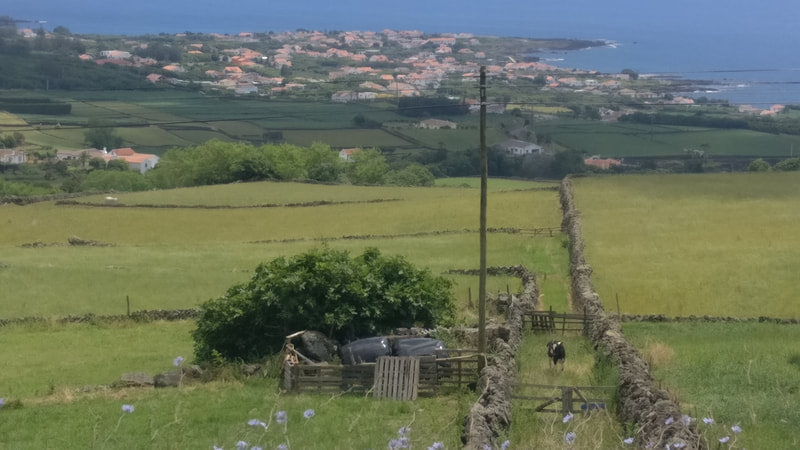
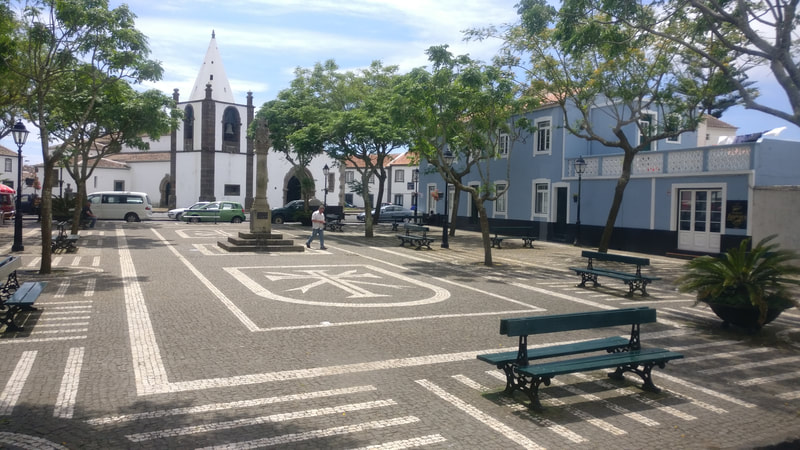
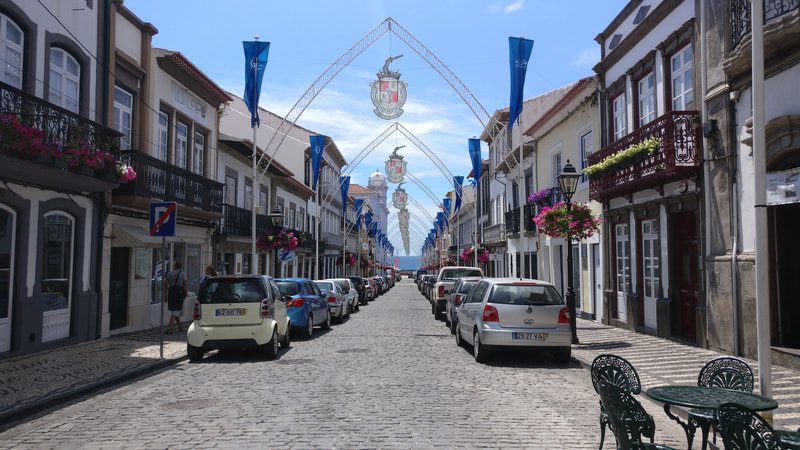
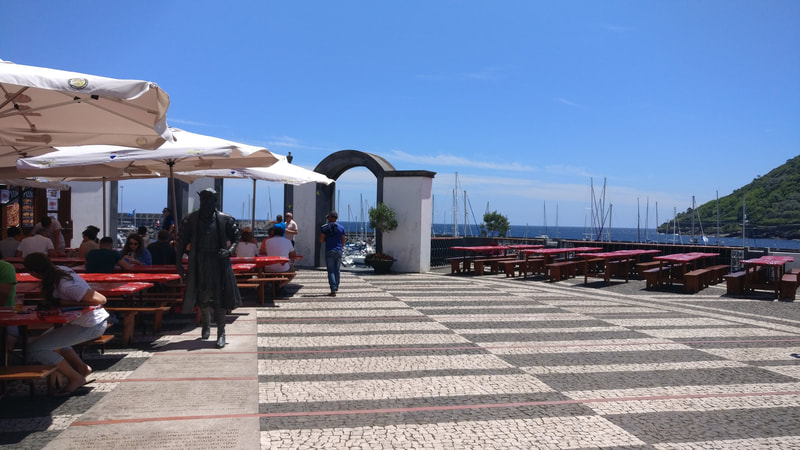
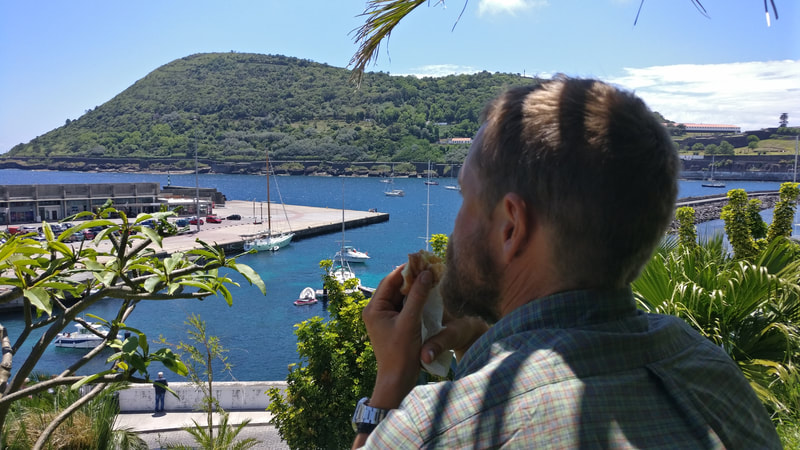
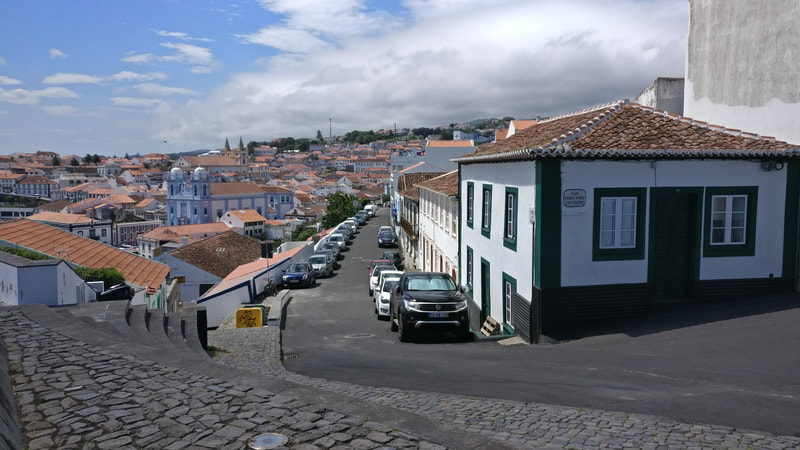


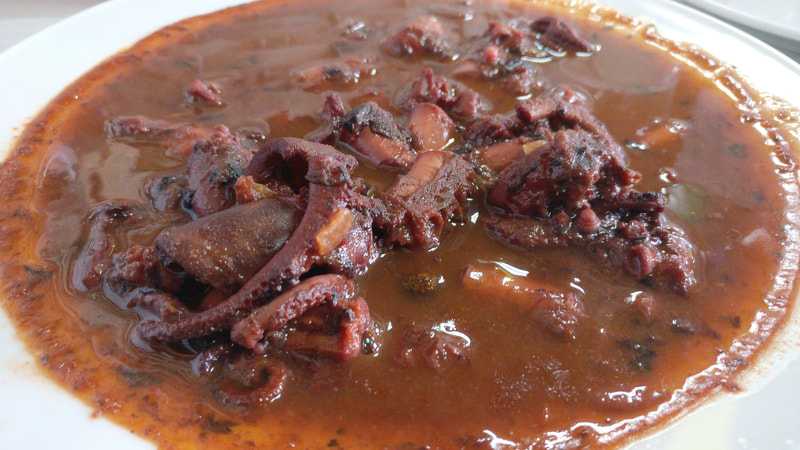
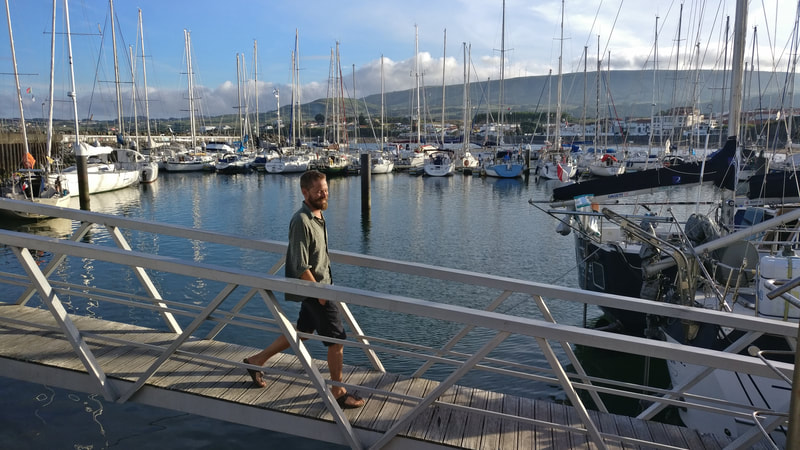
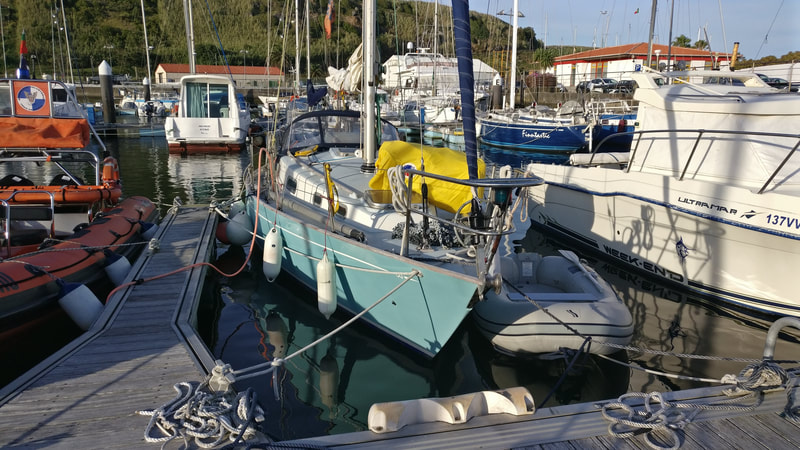


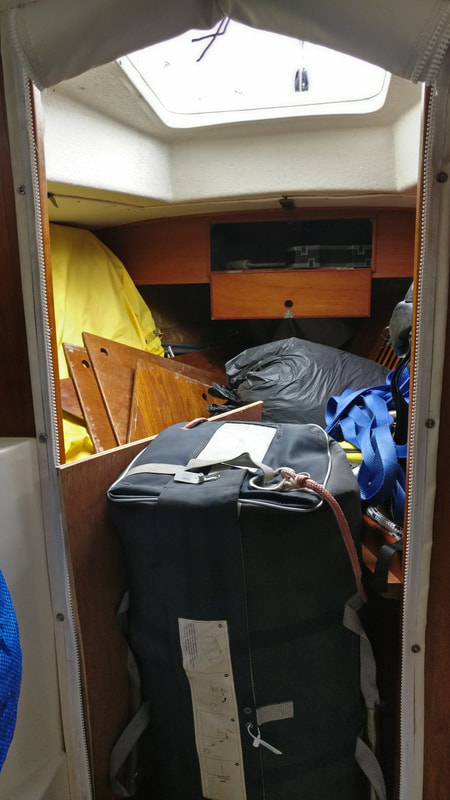

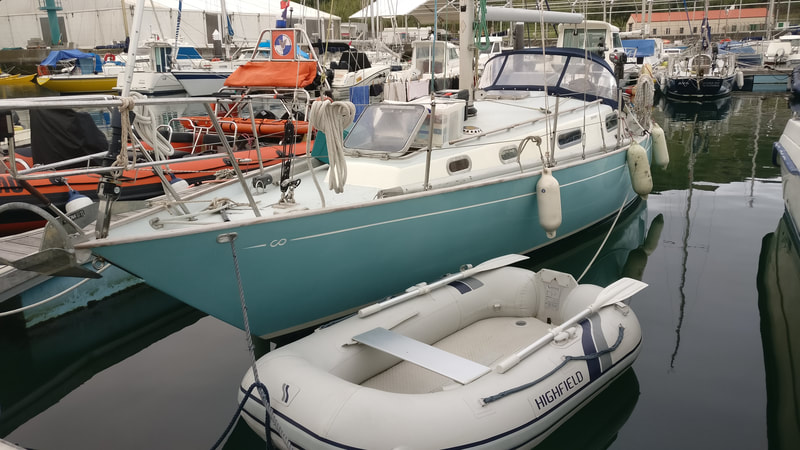
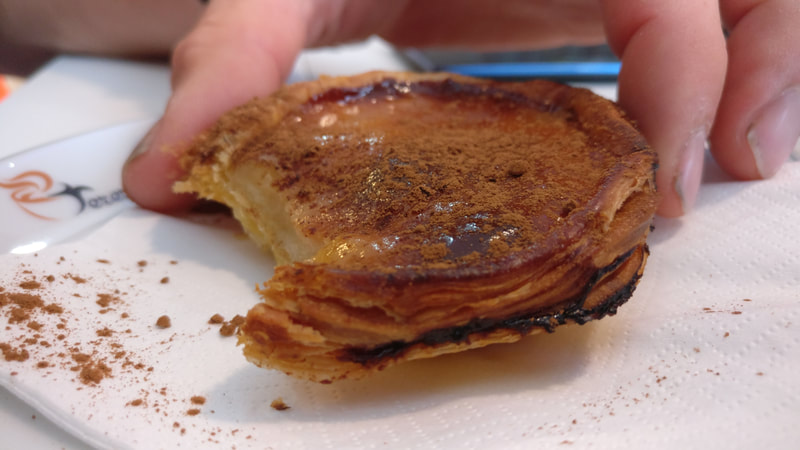




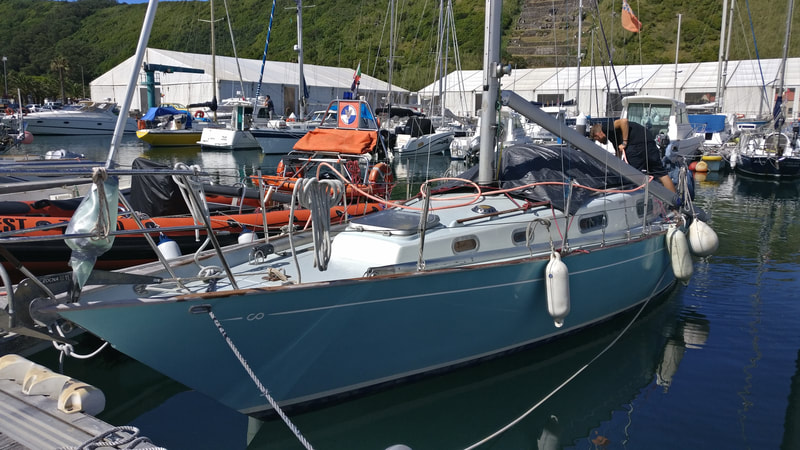


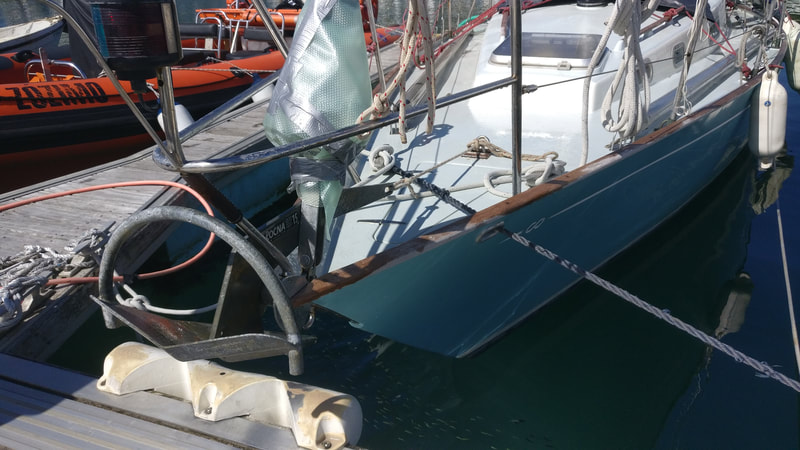
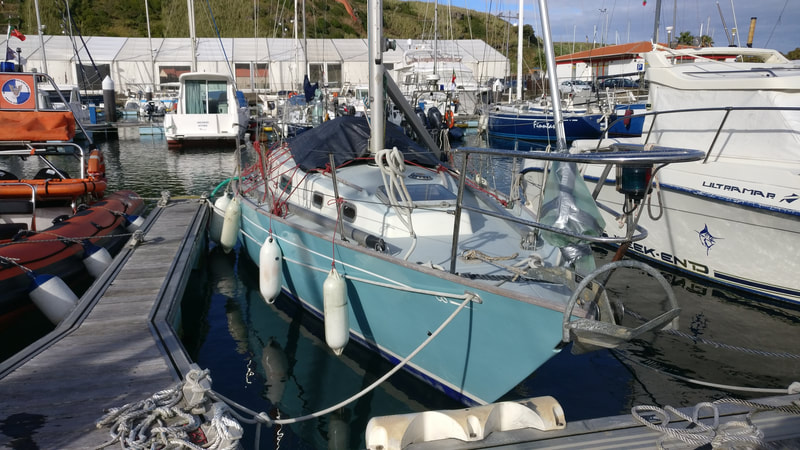


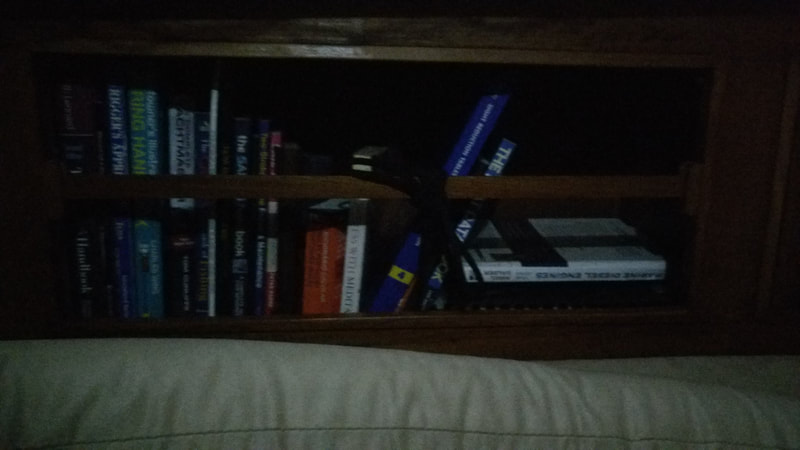



 RSS Feed
RSS Feed